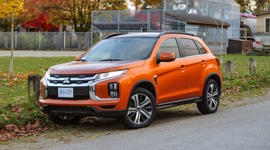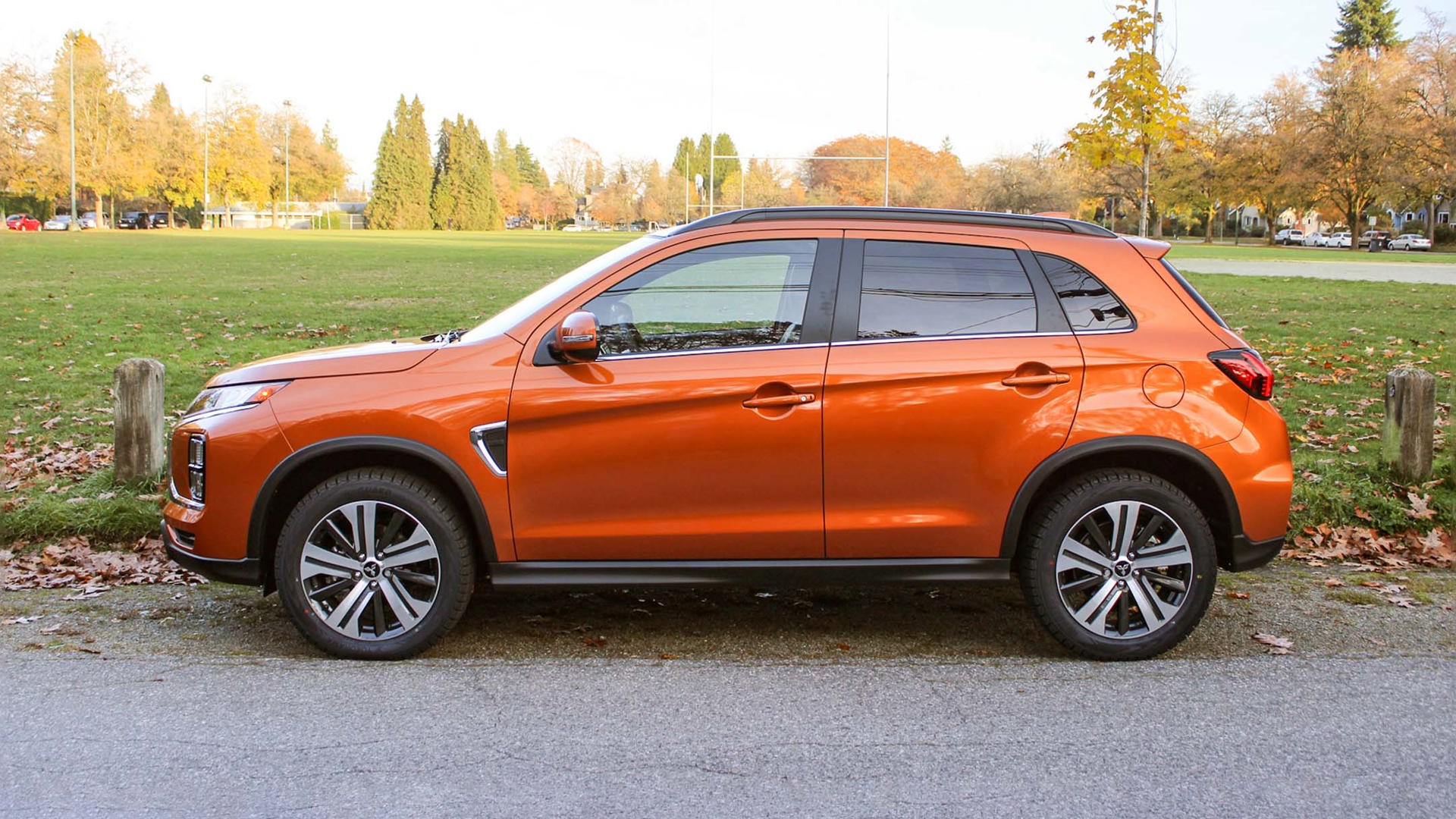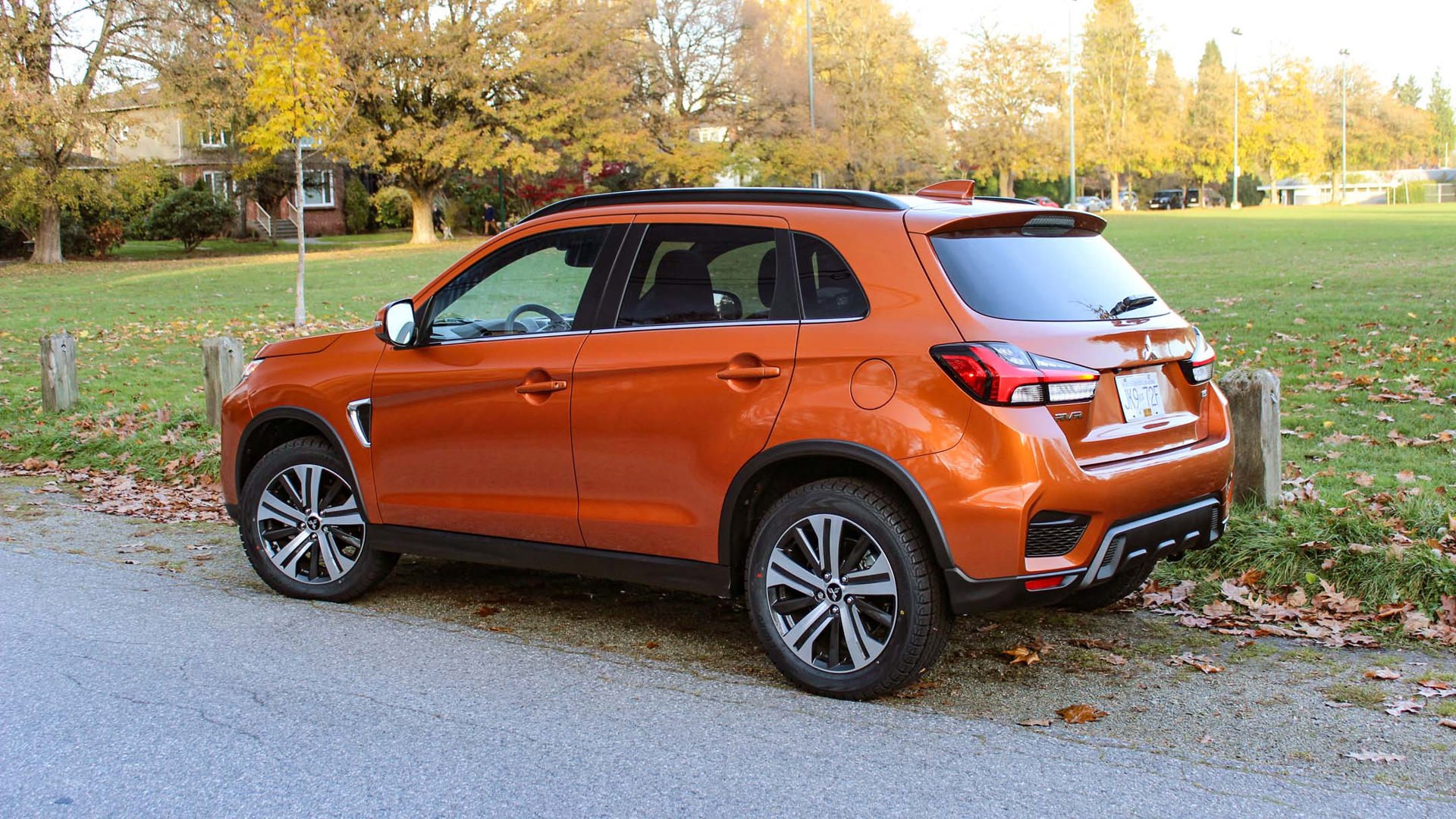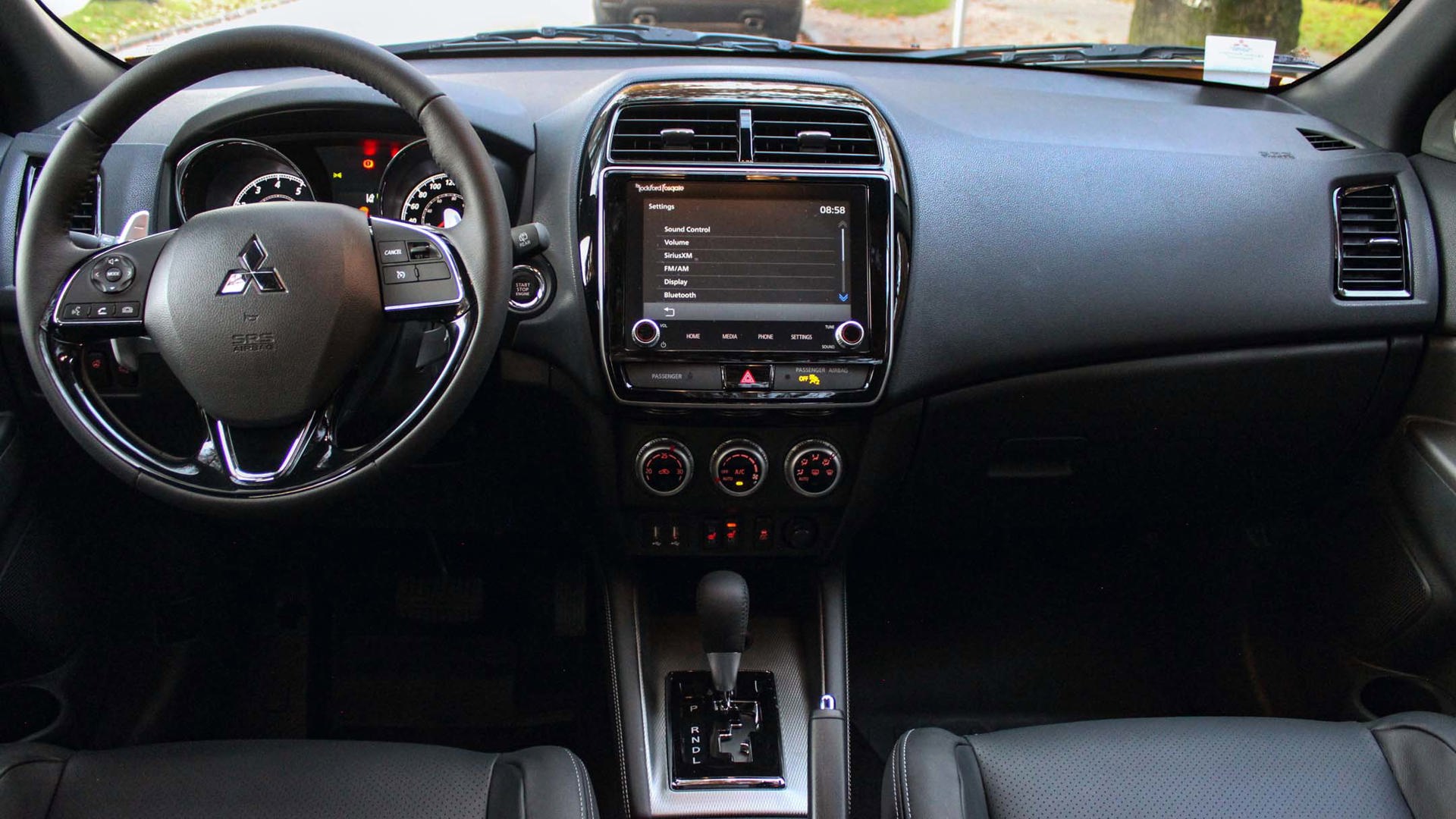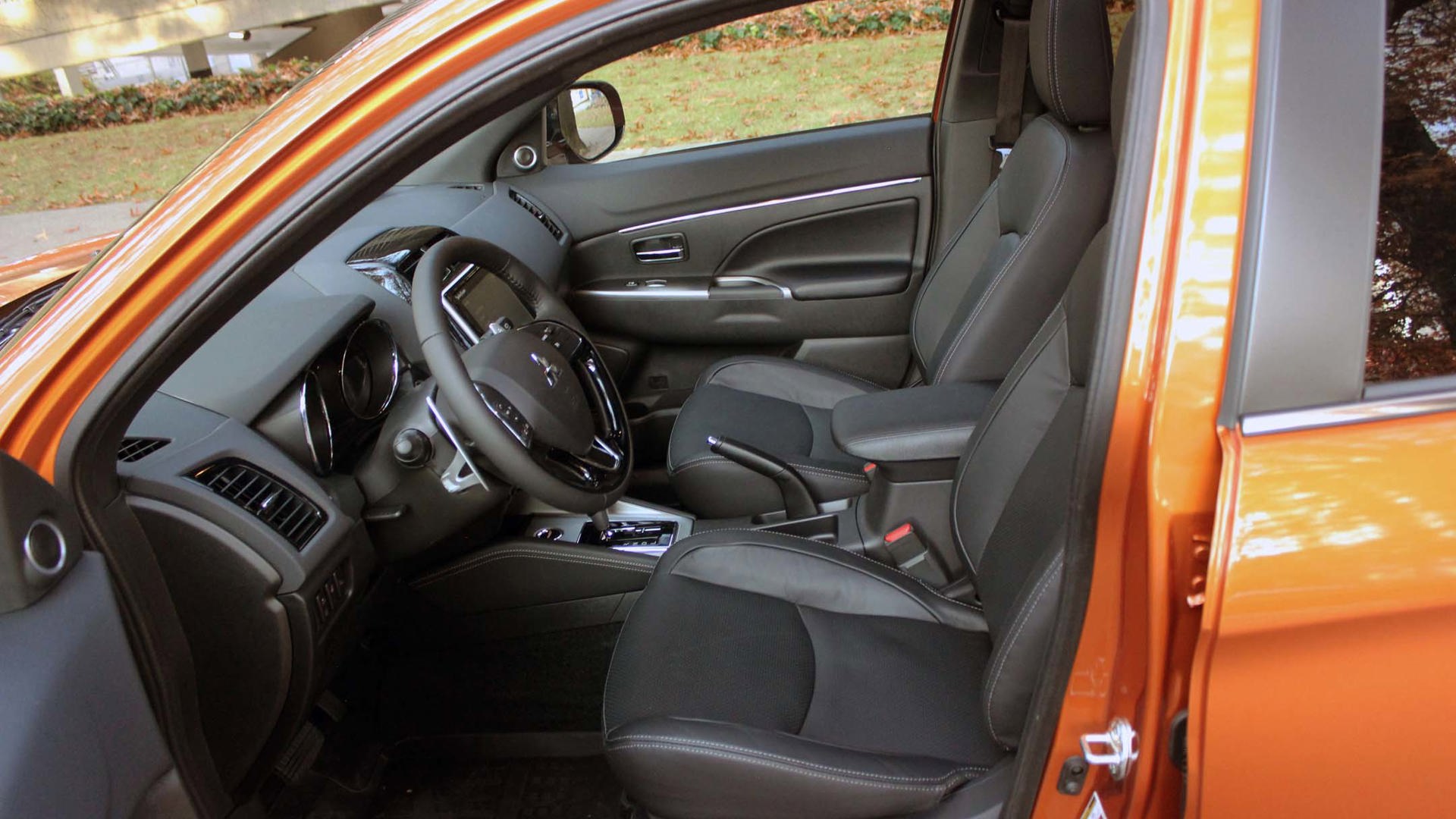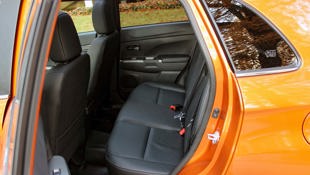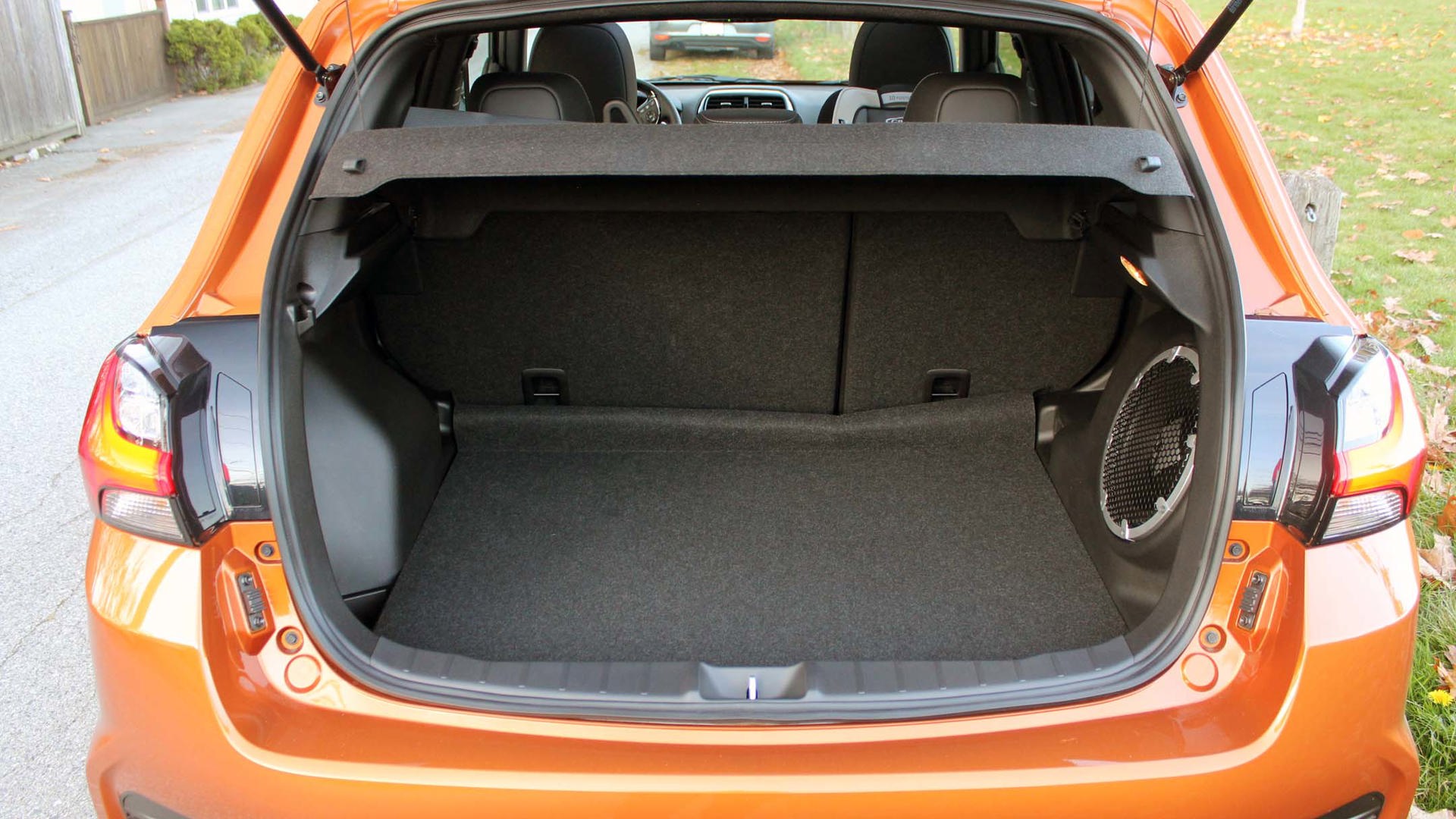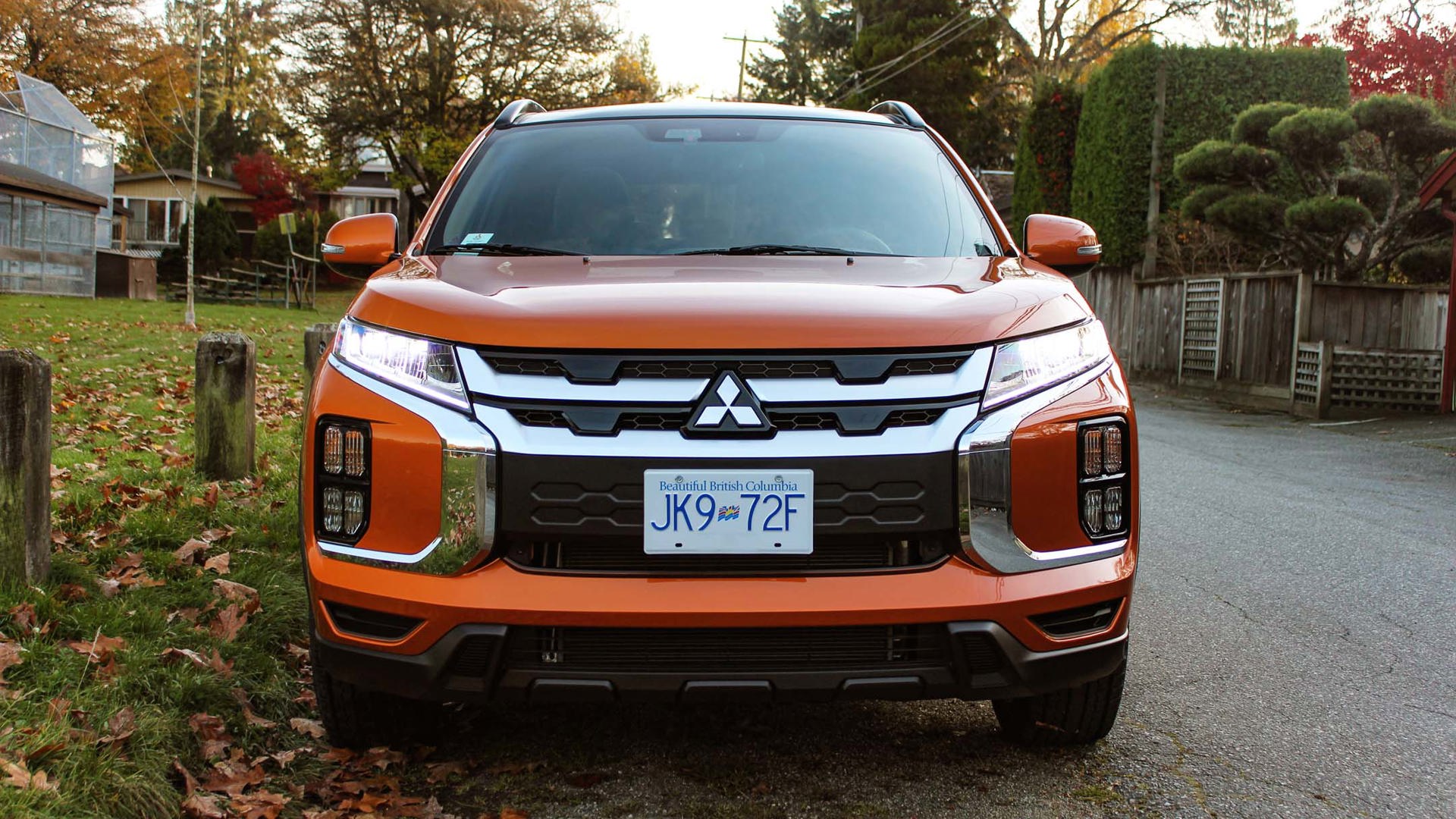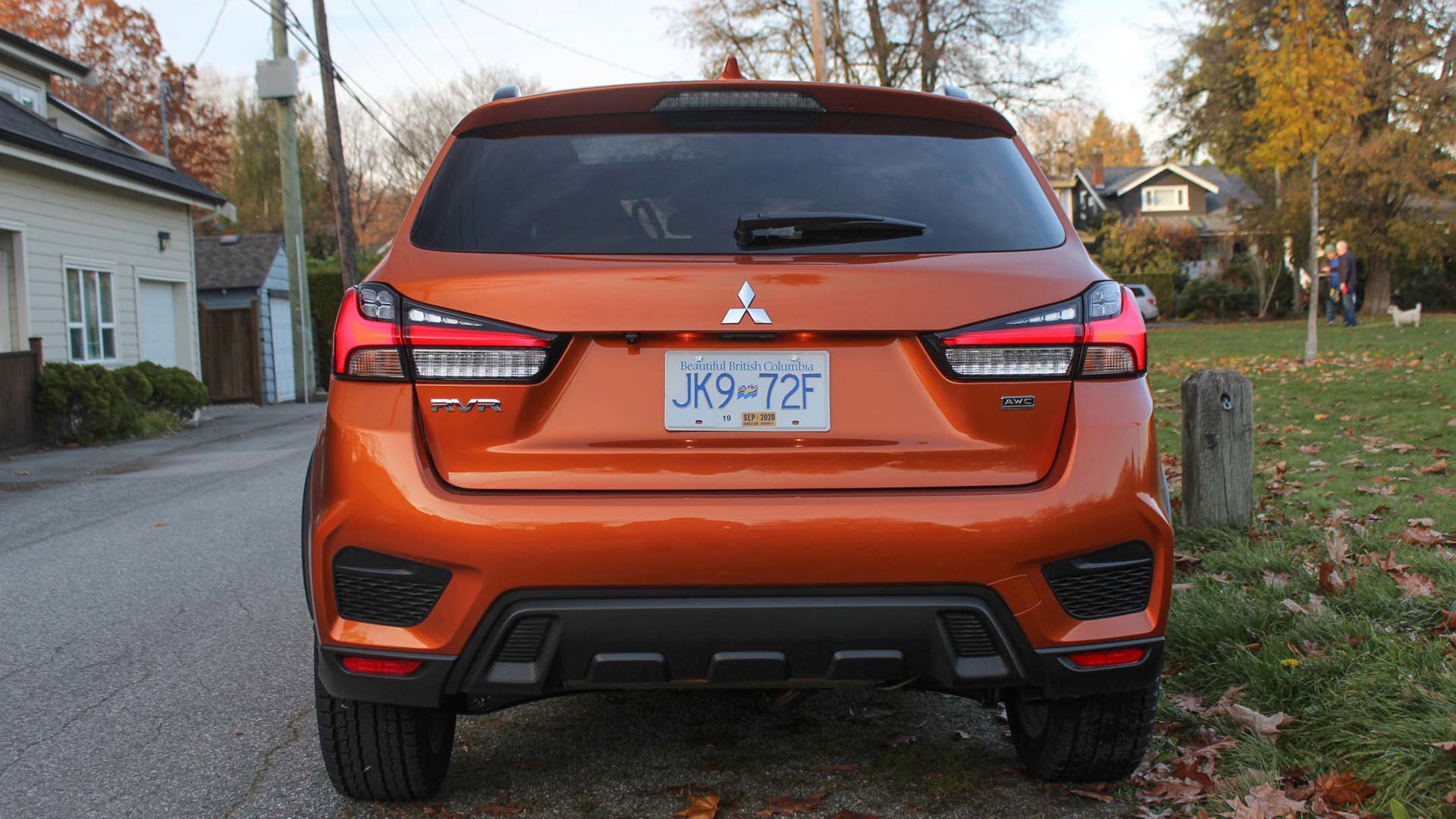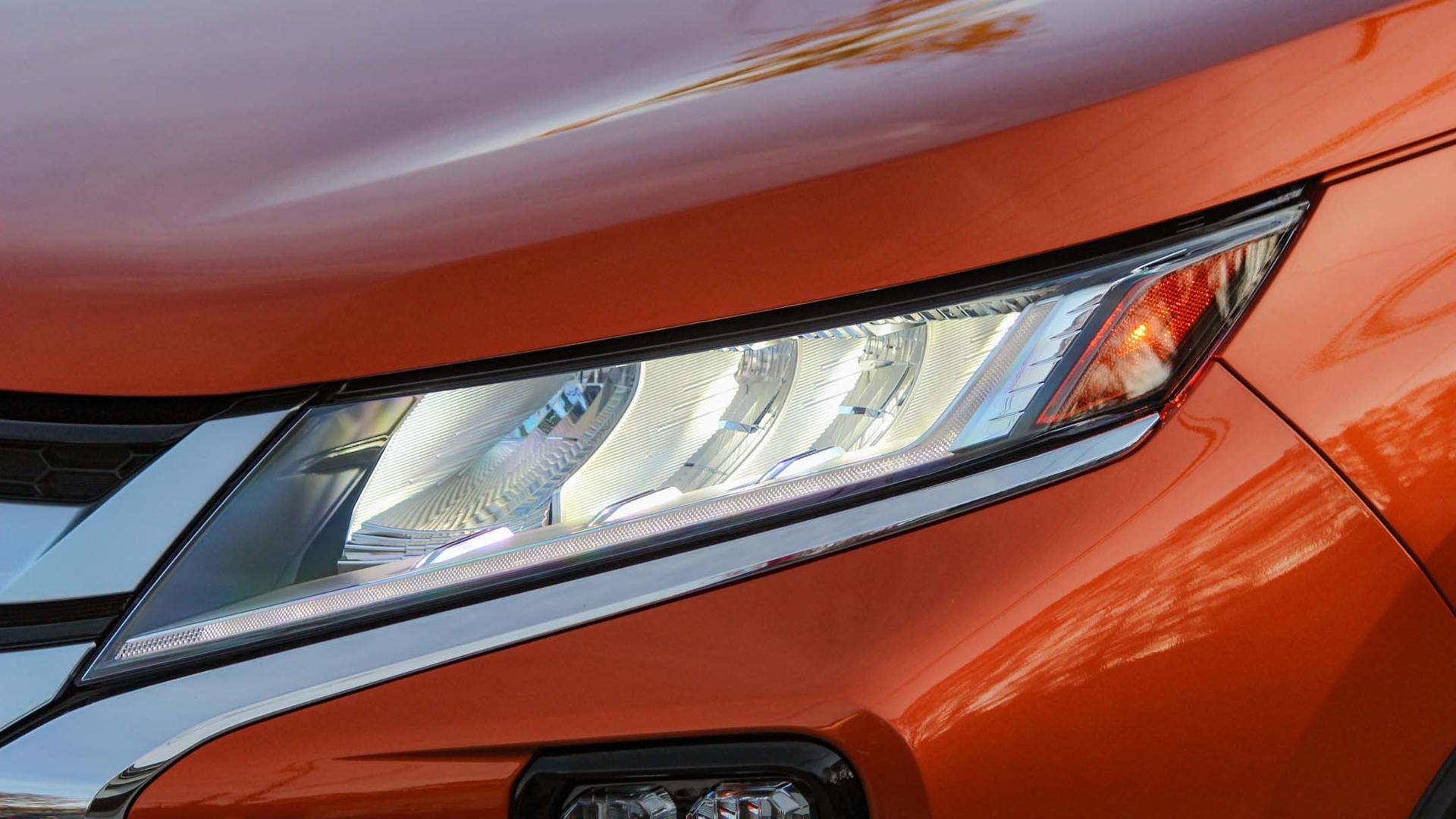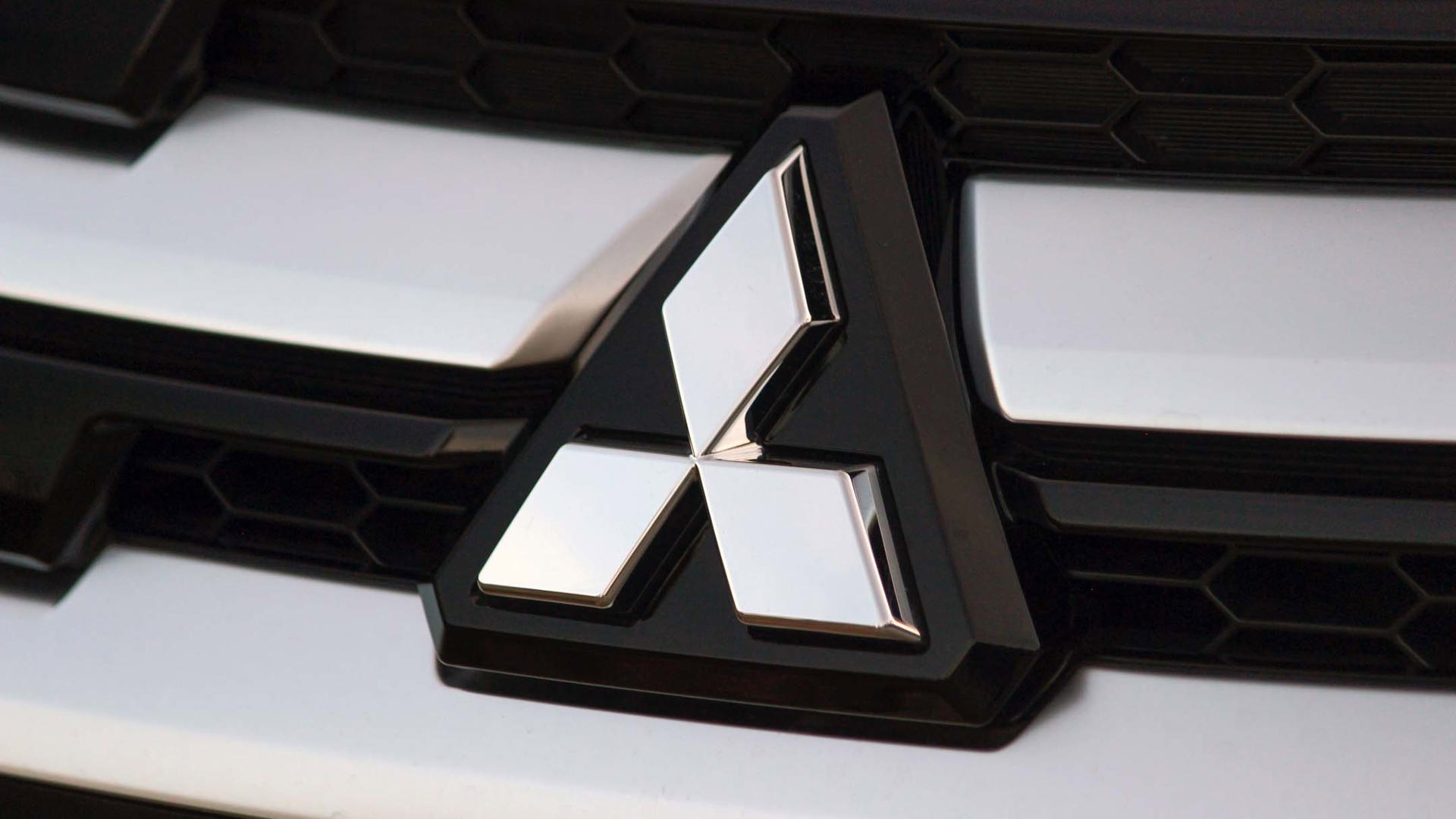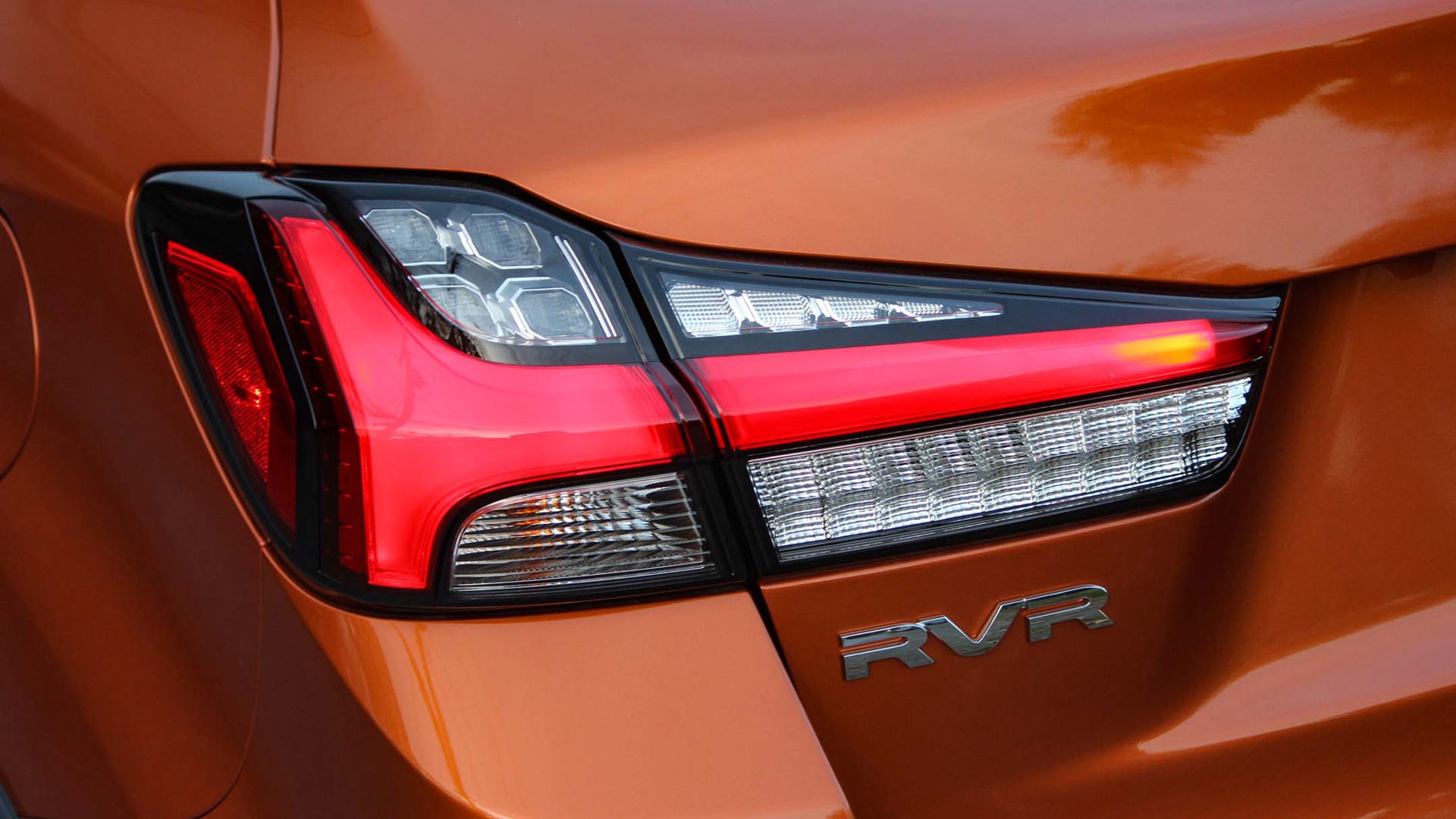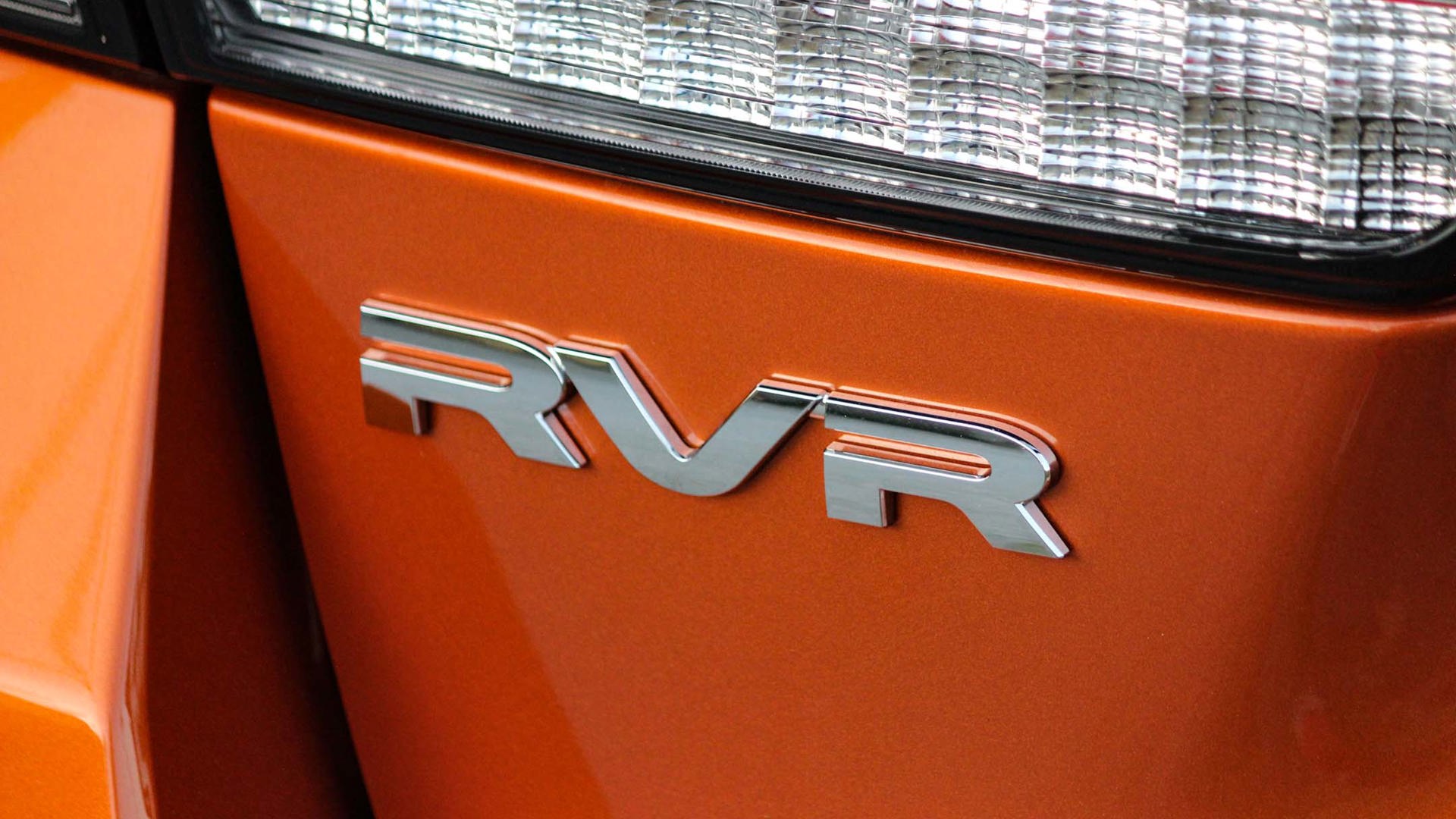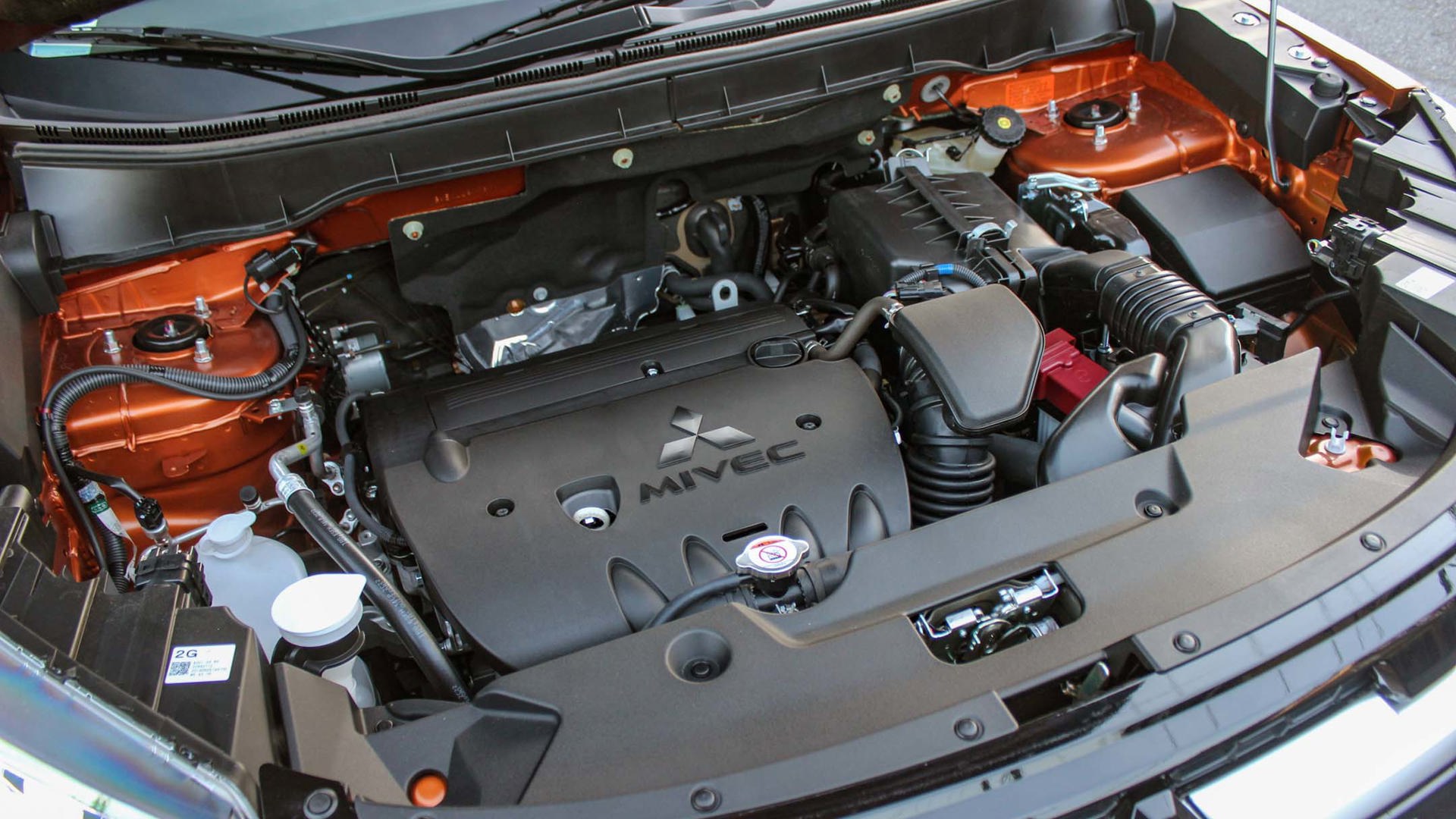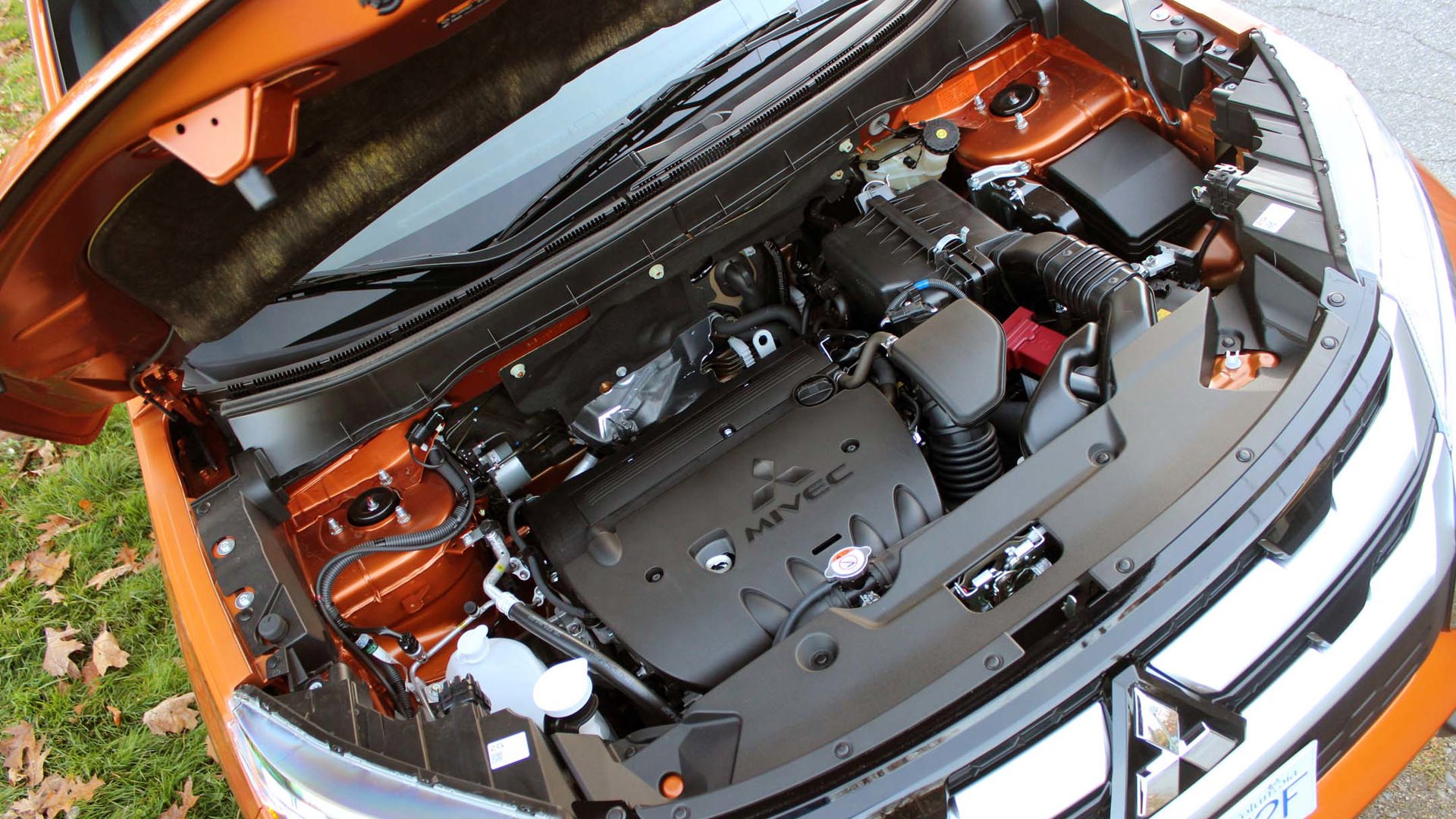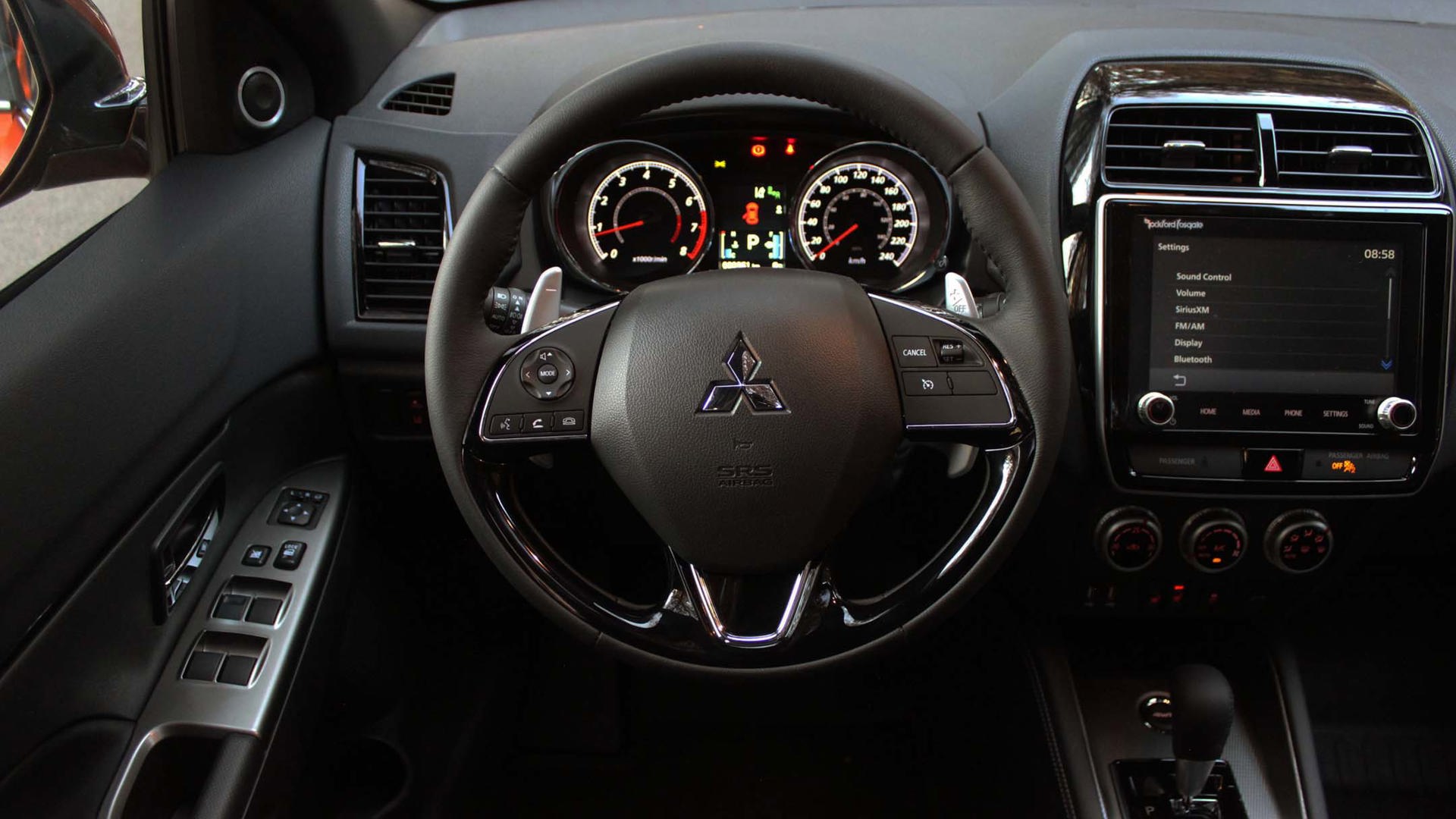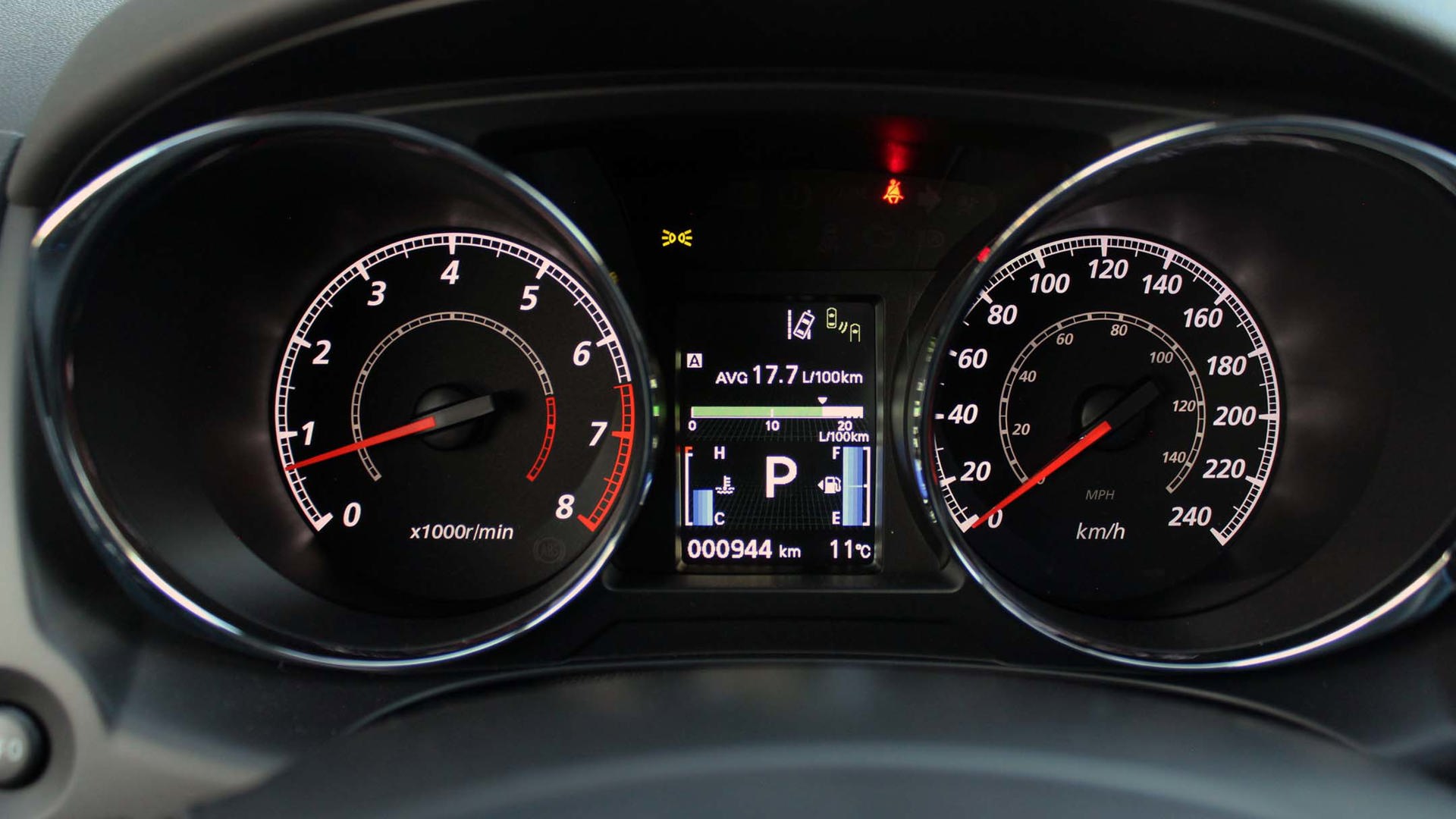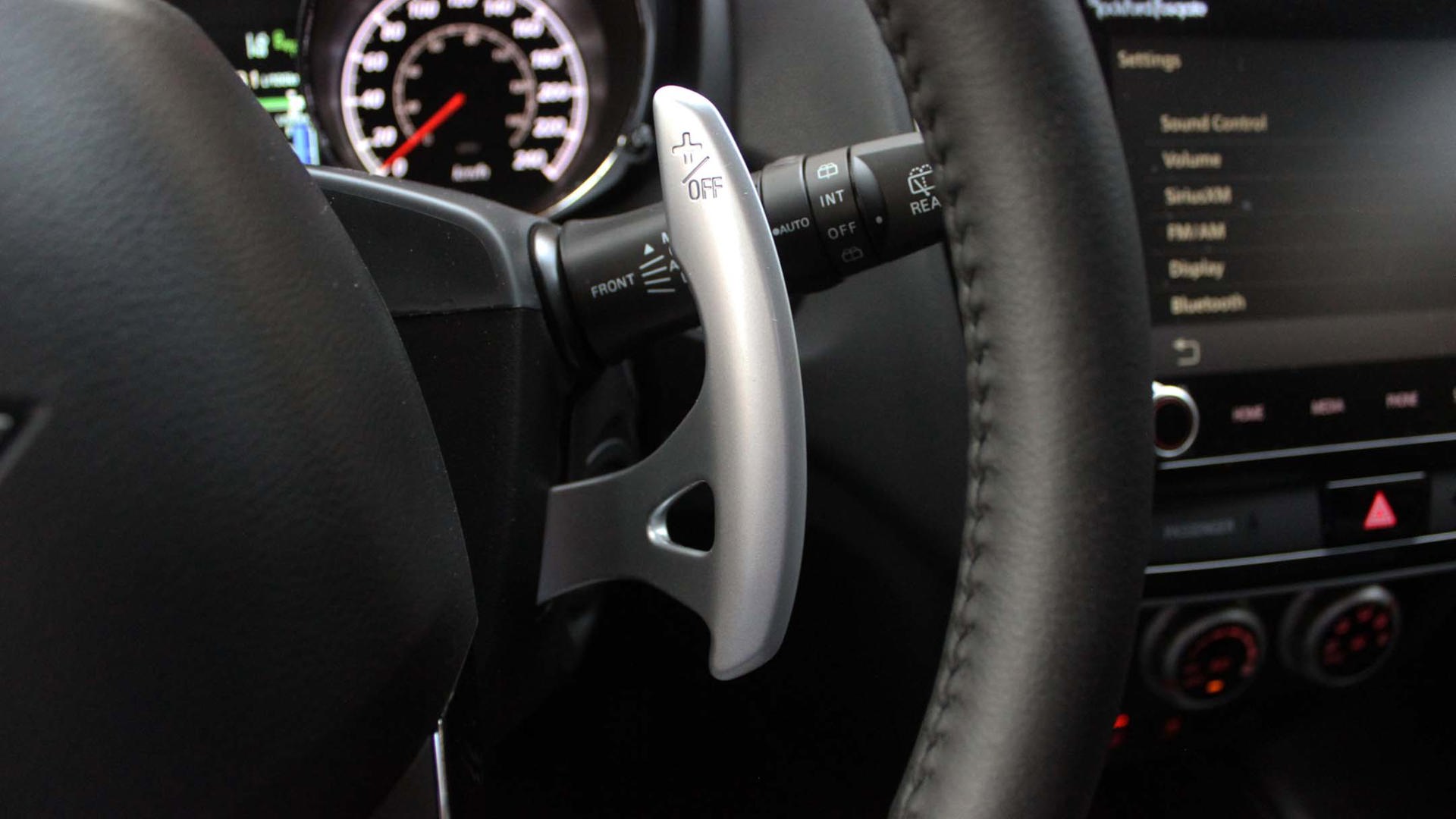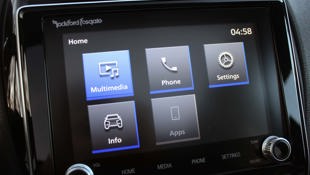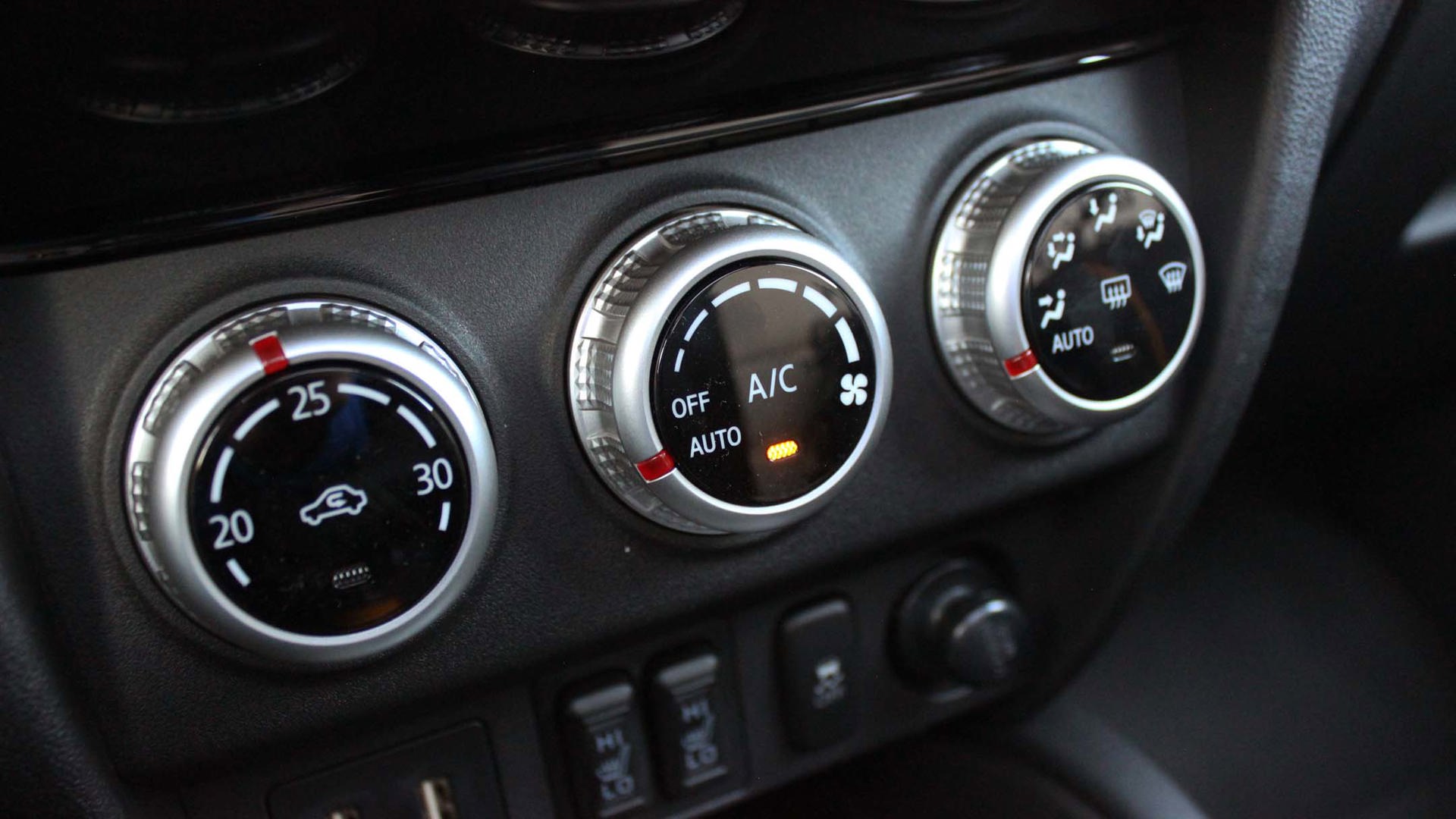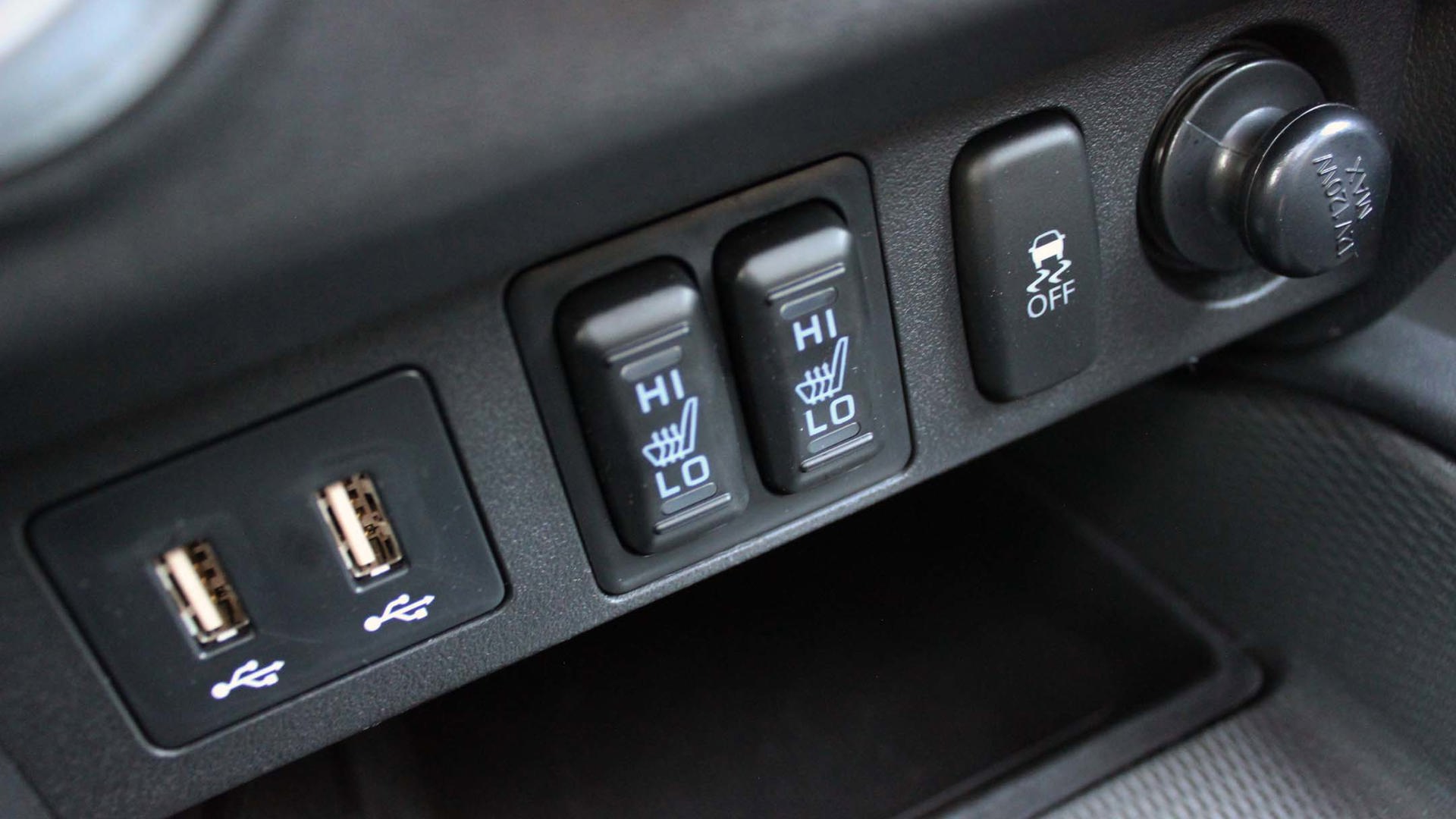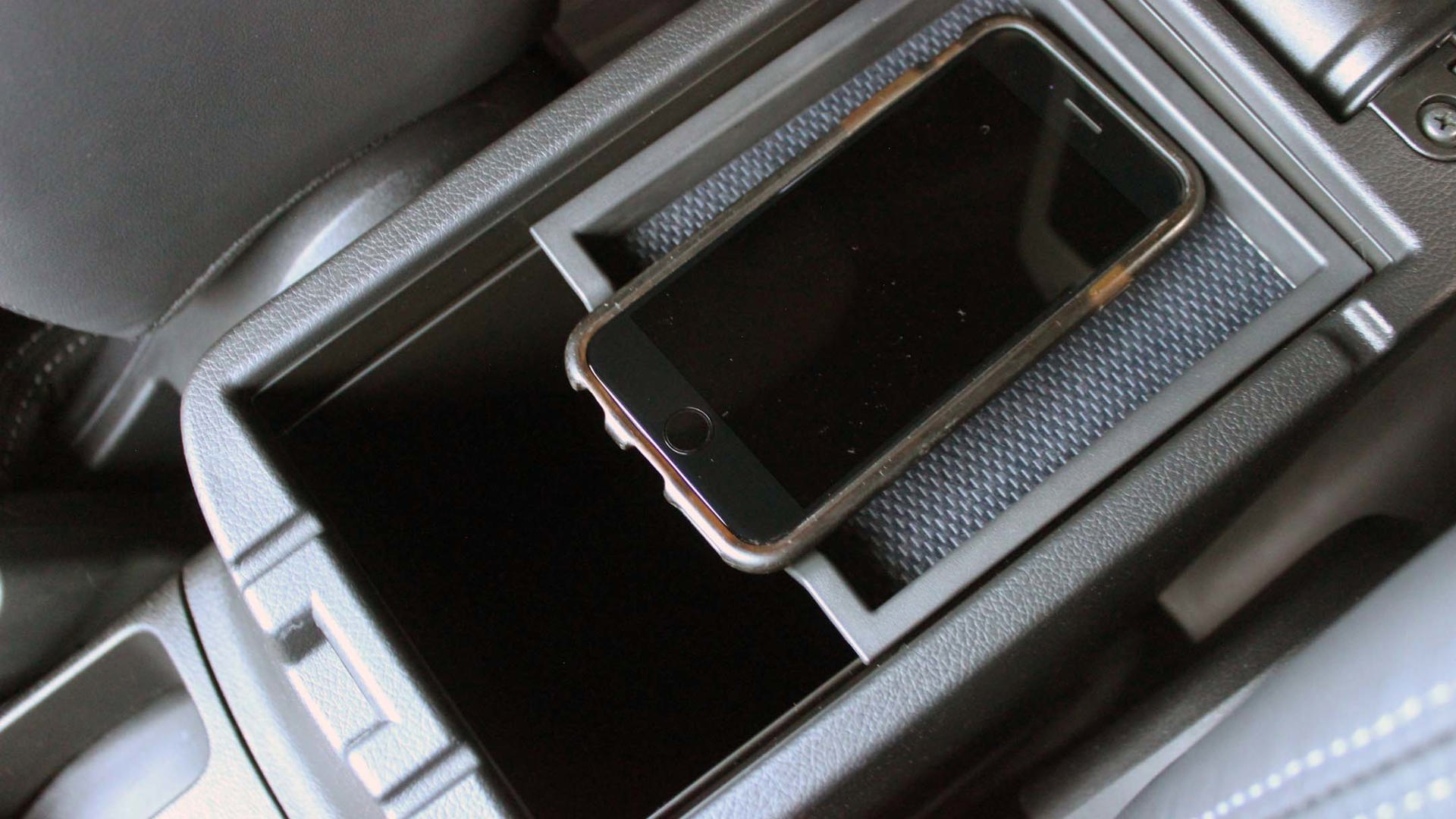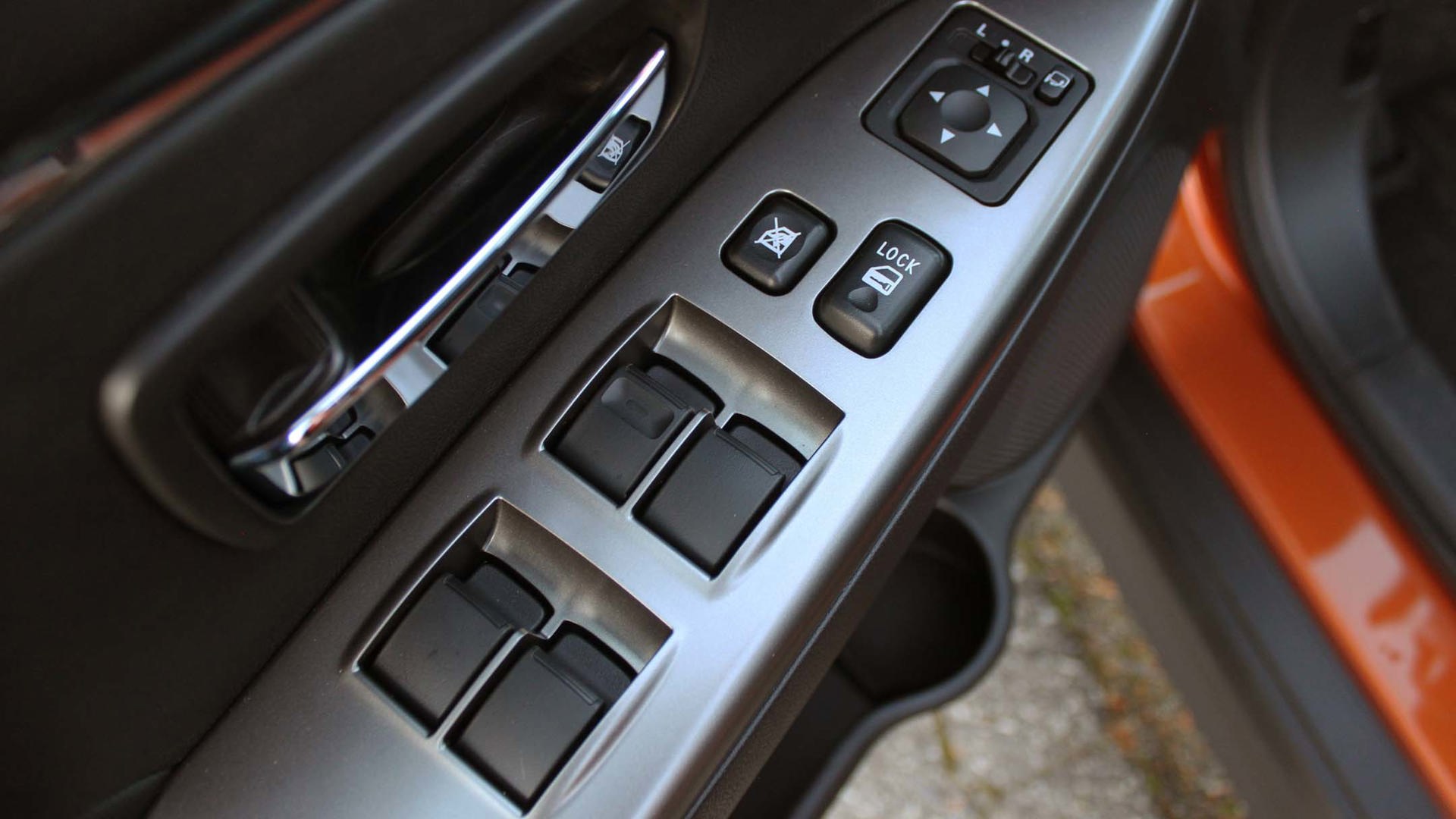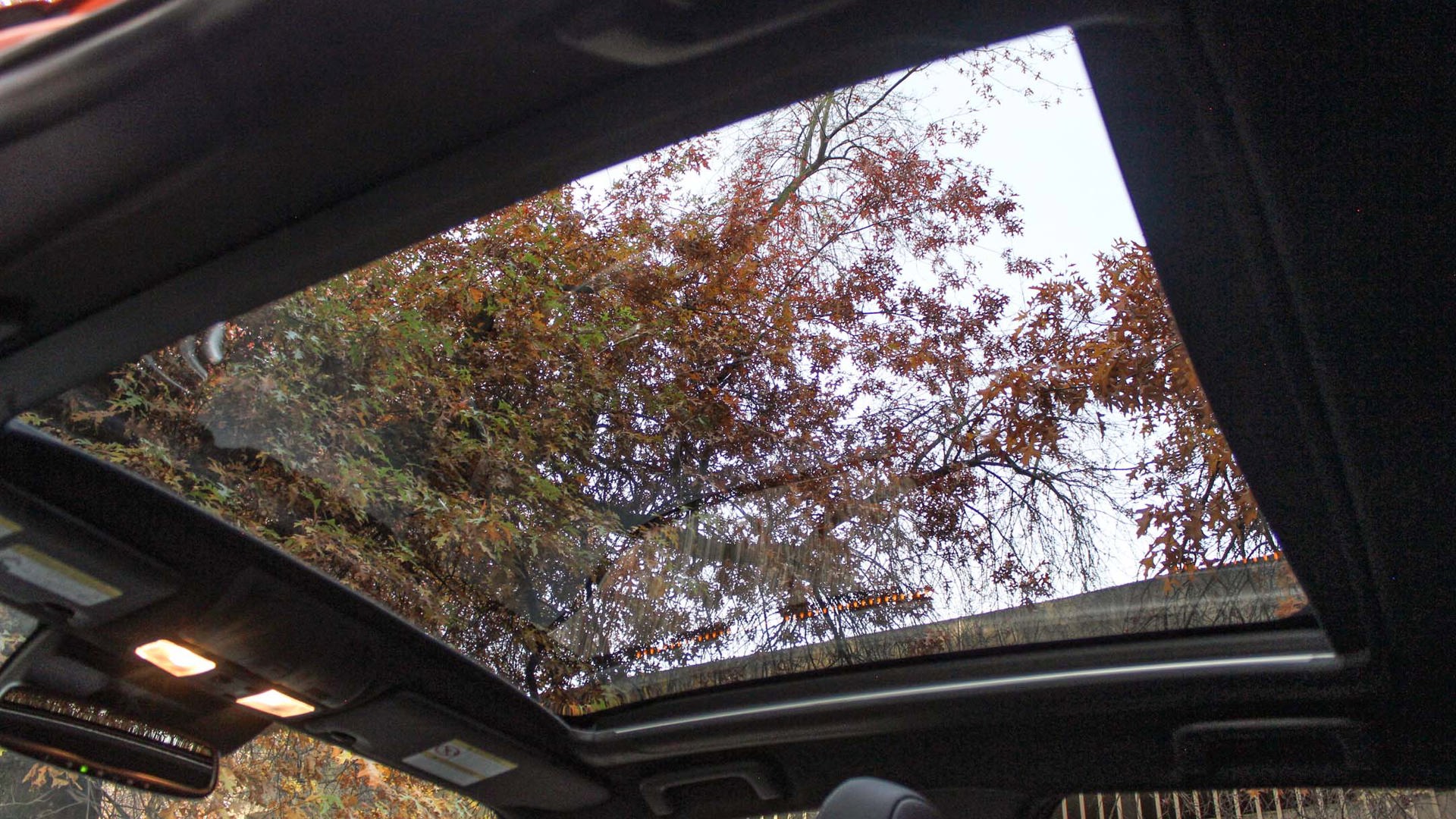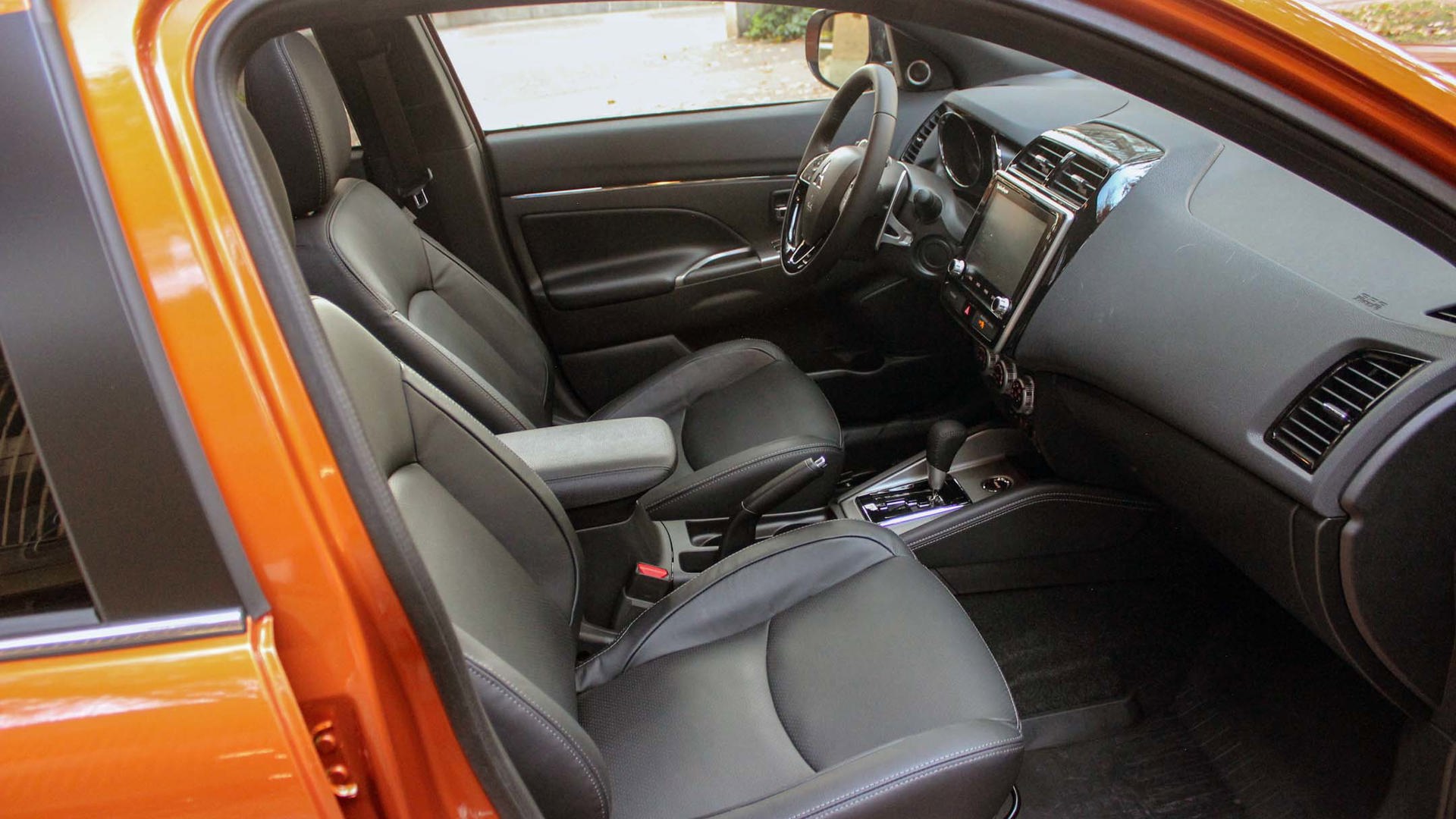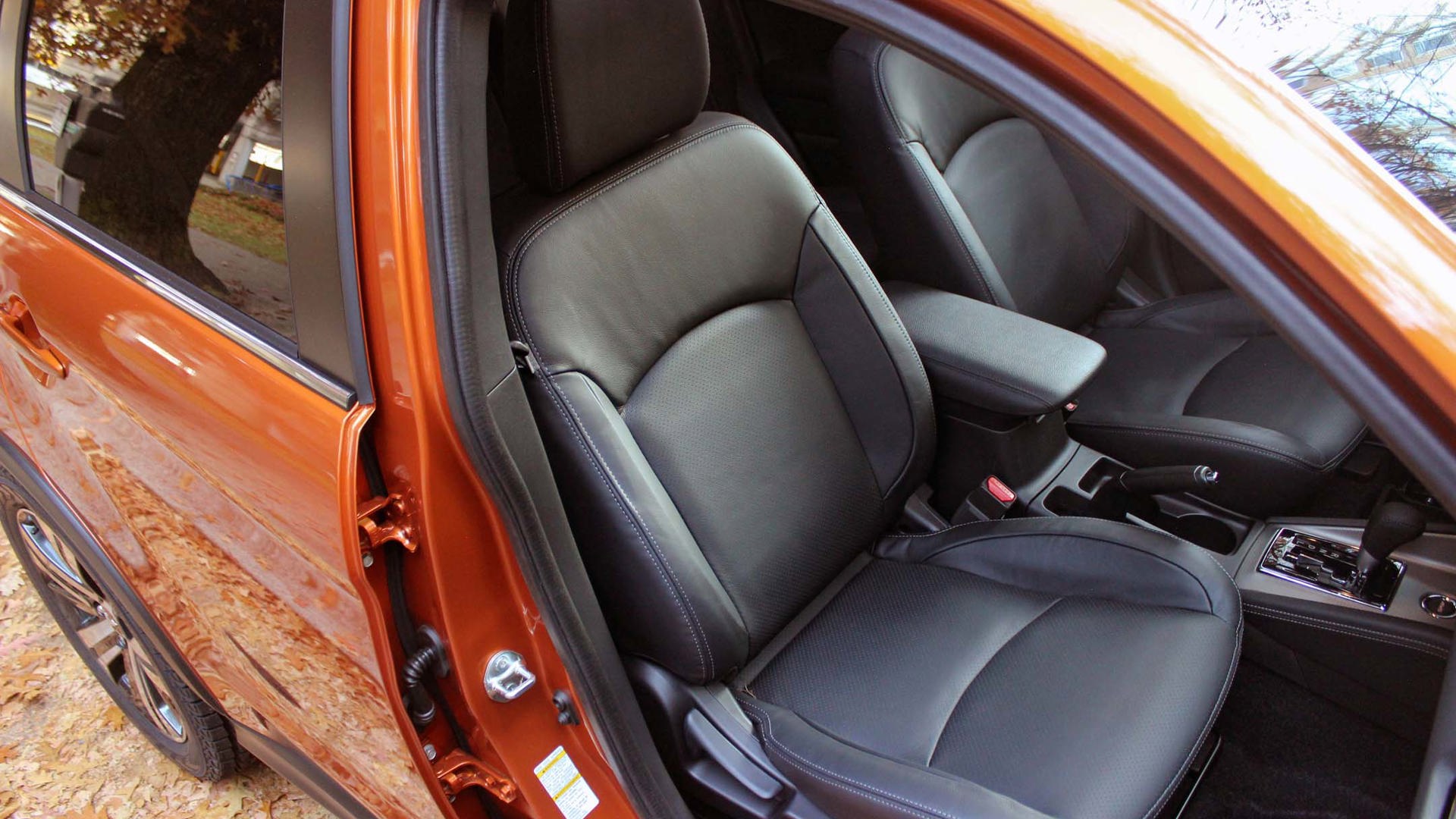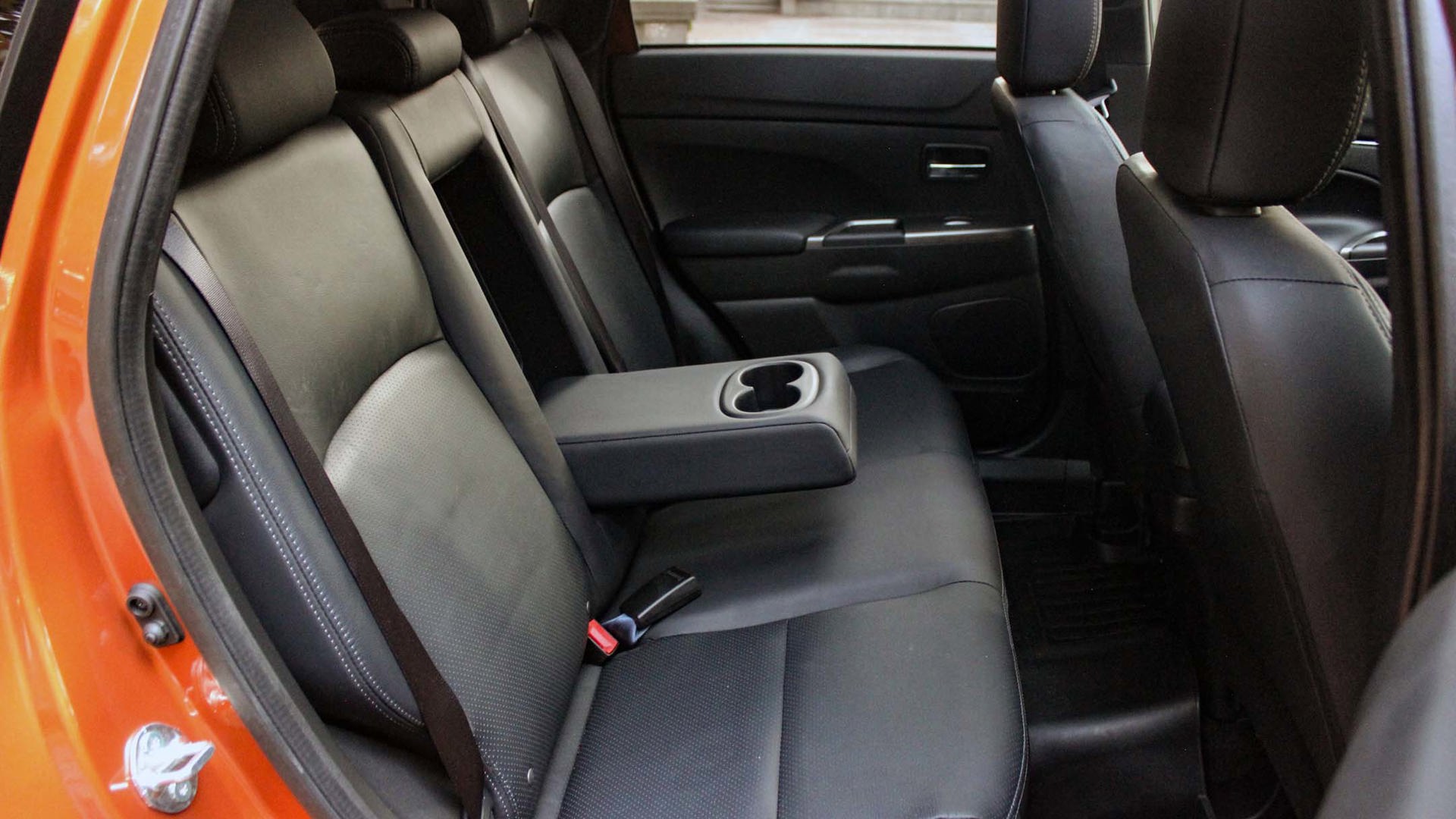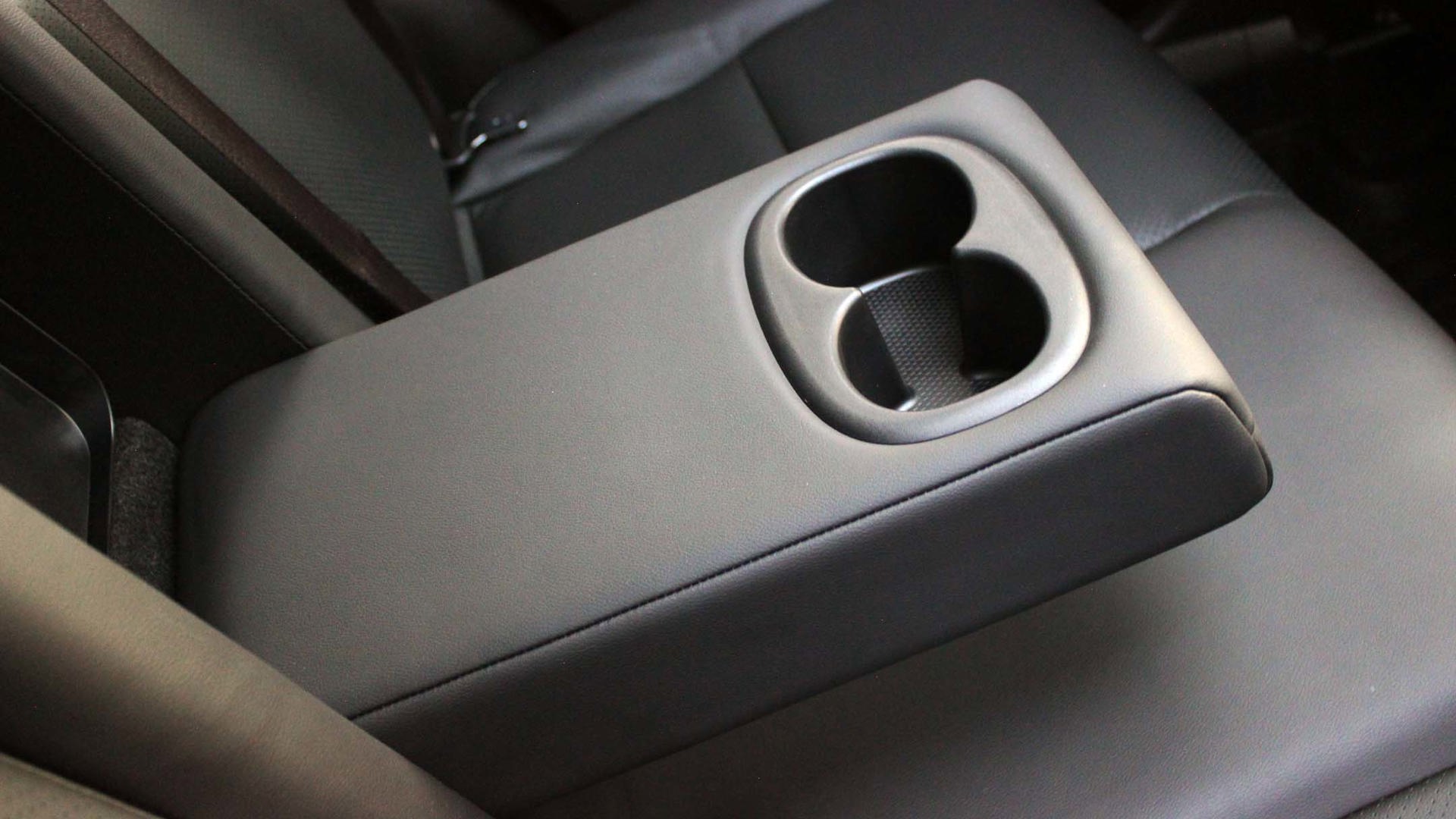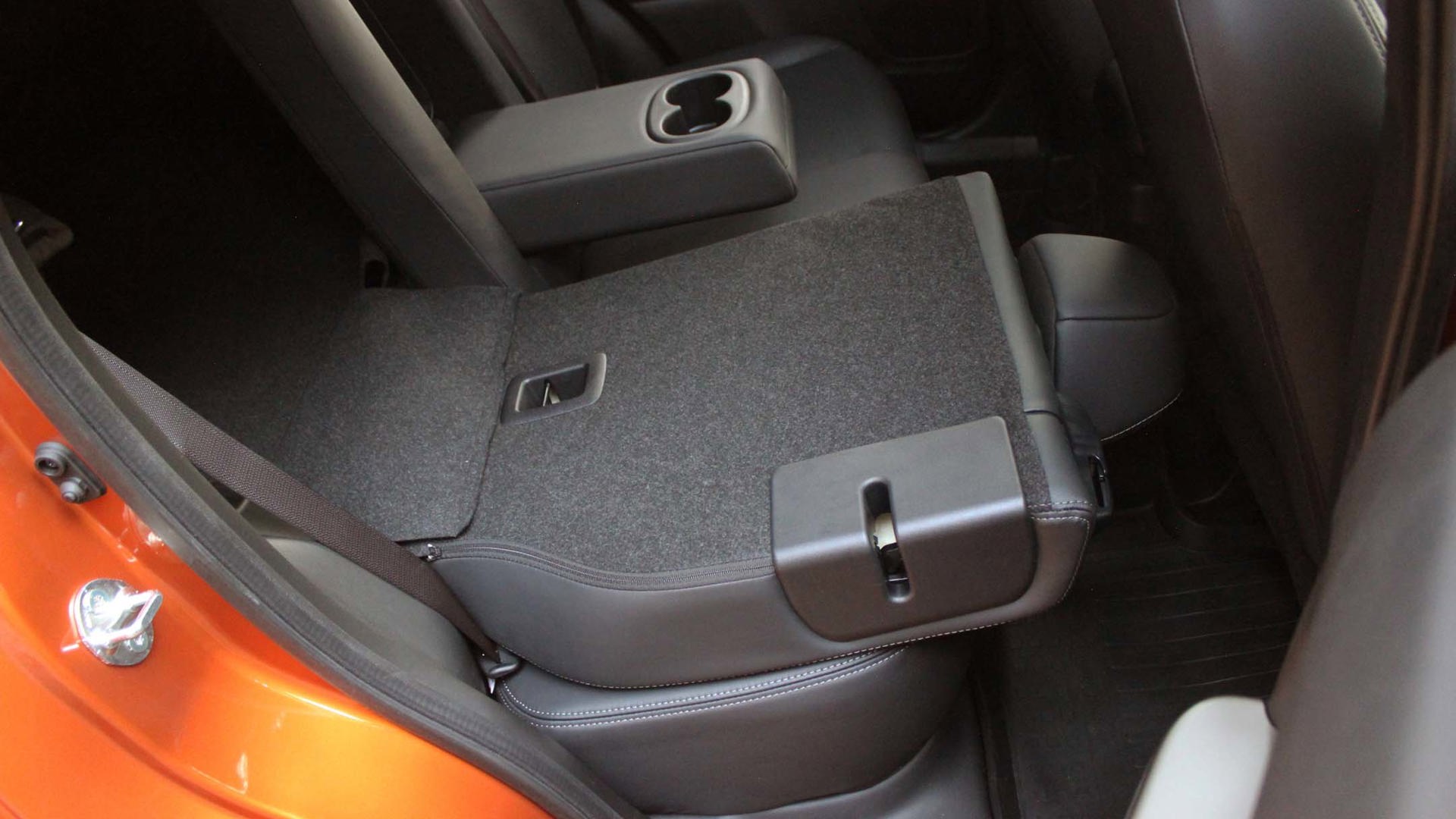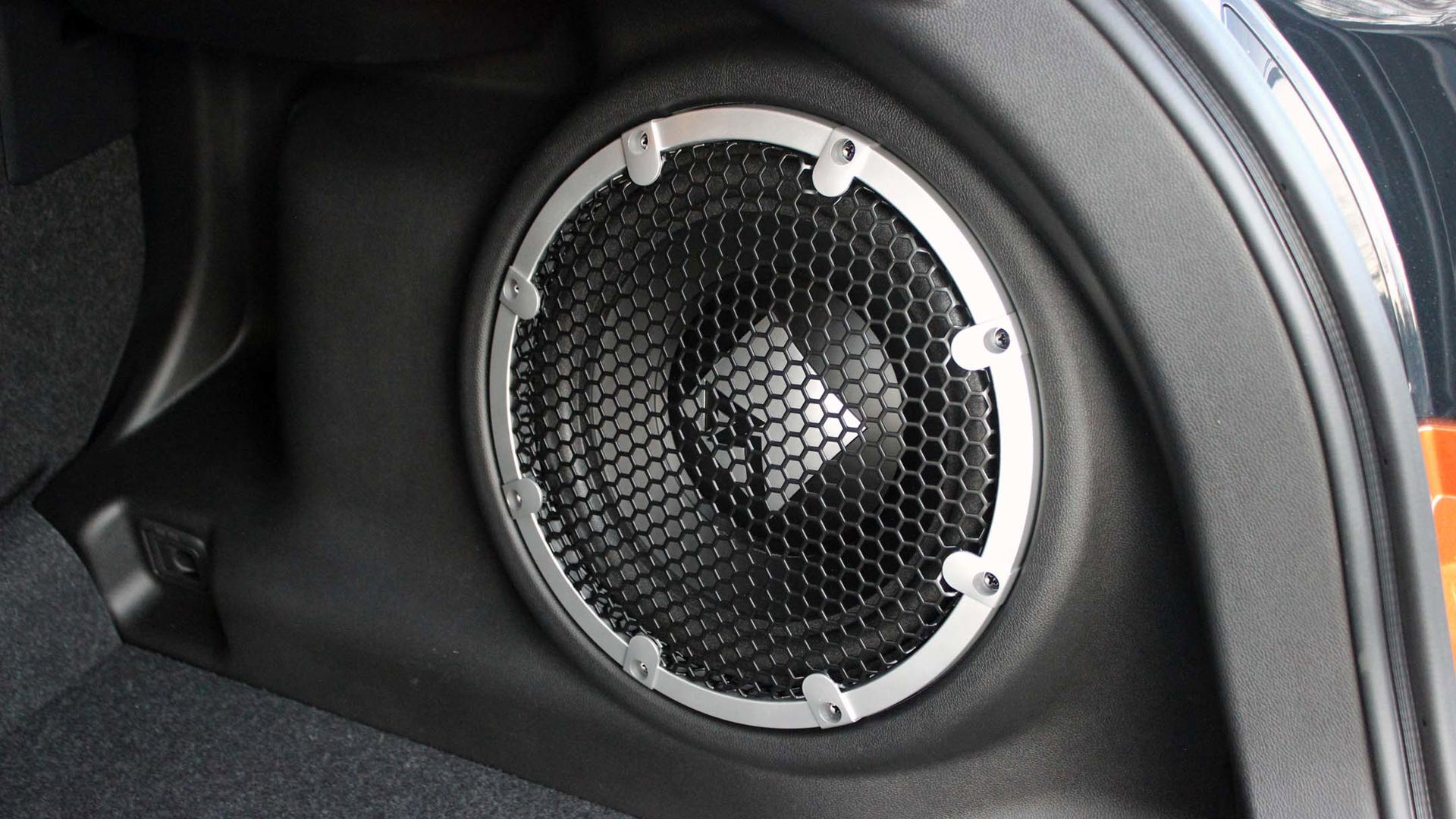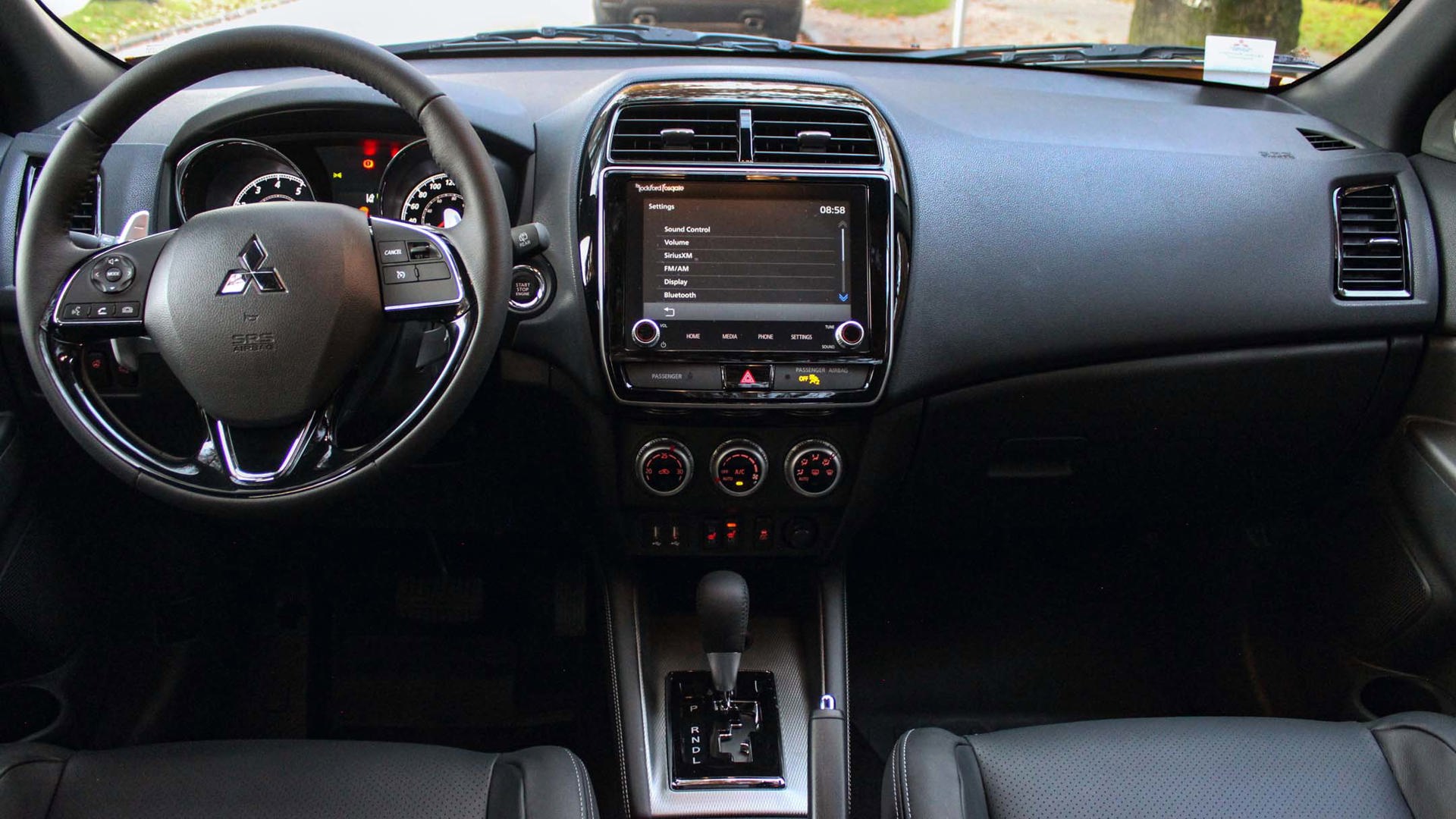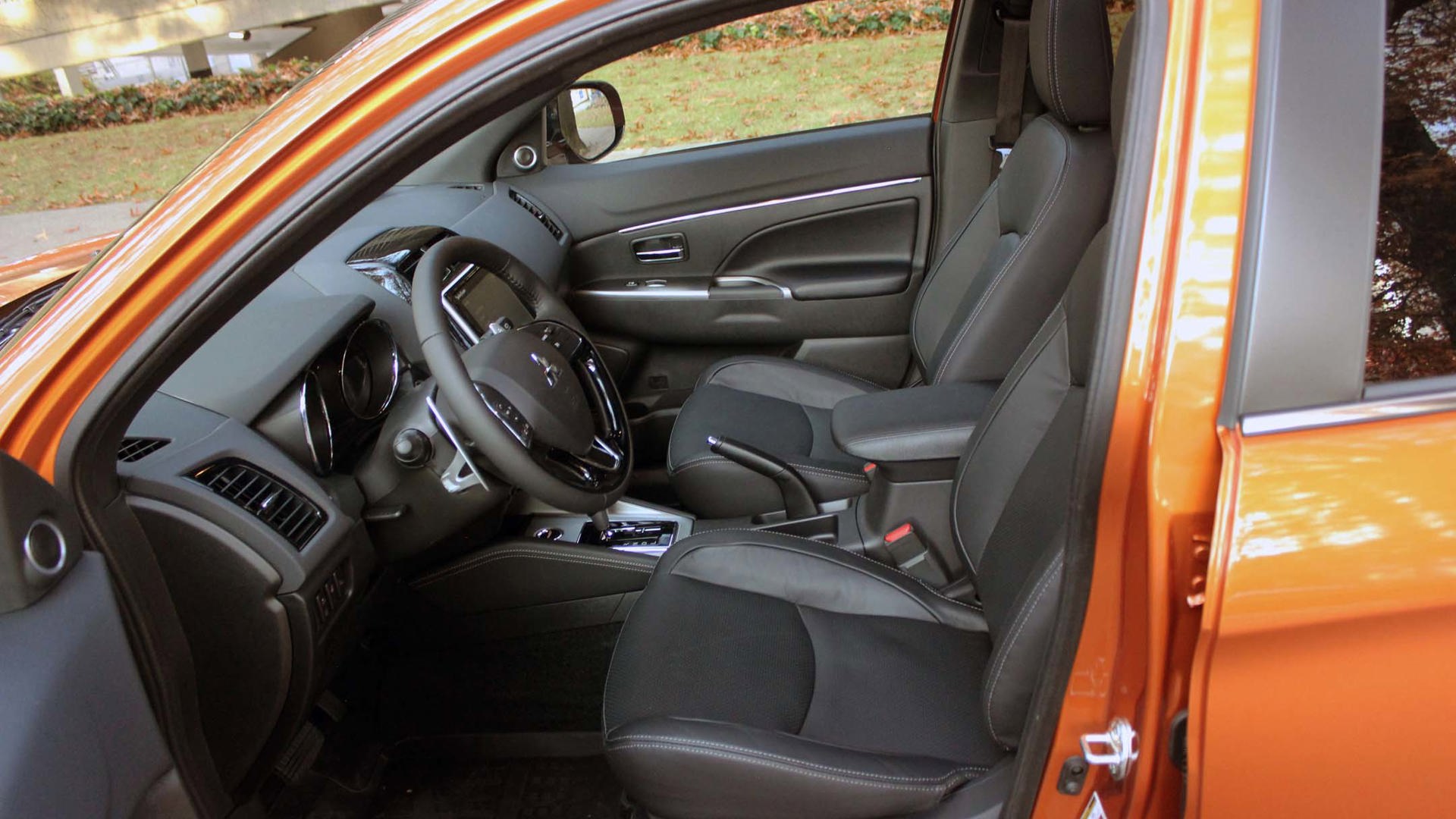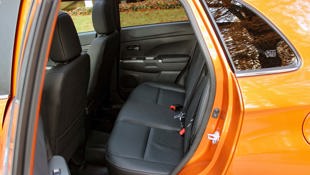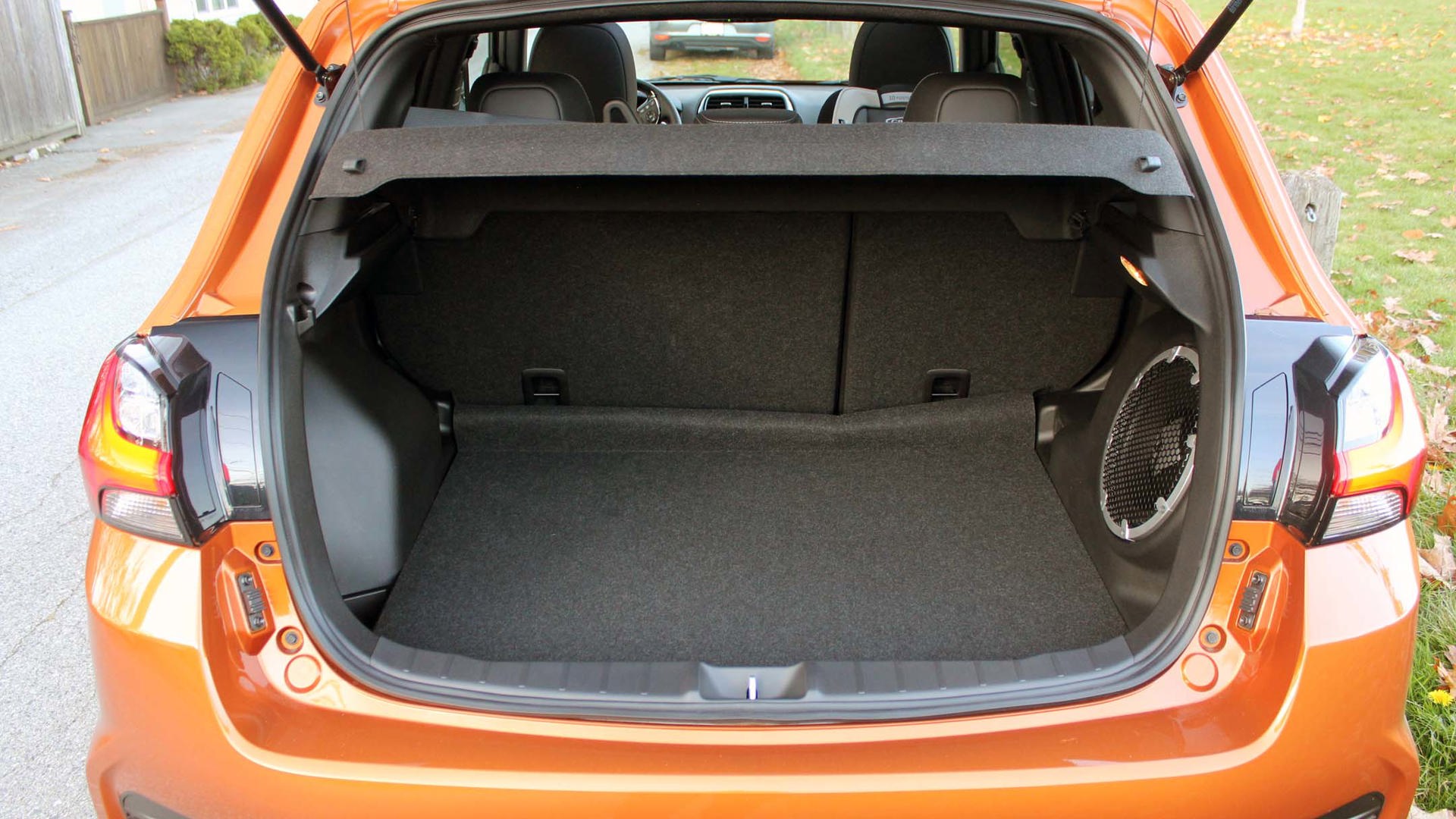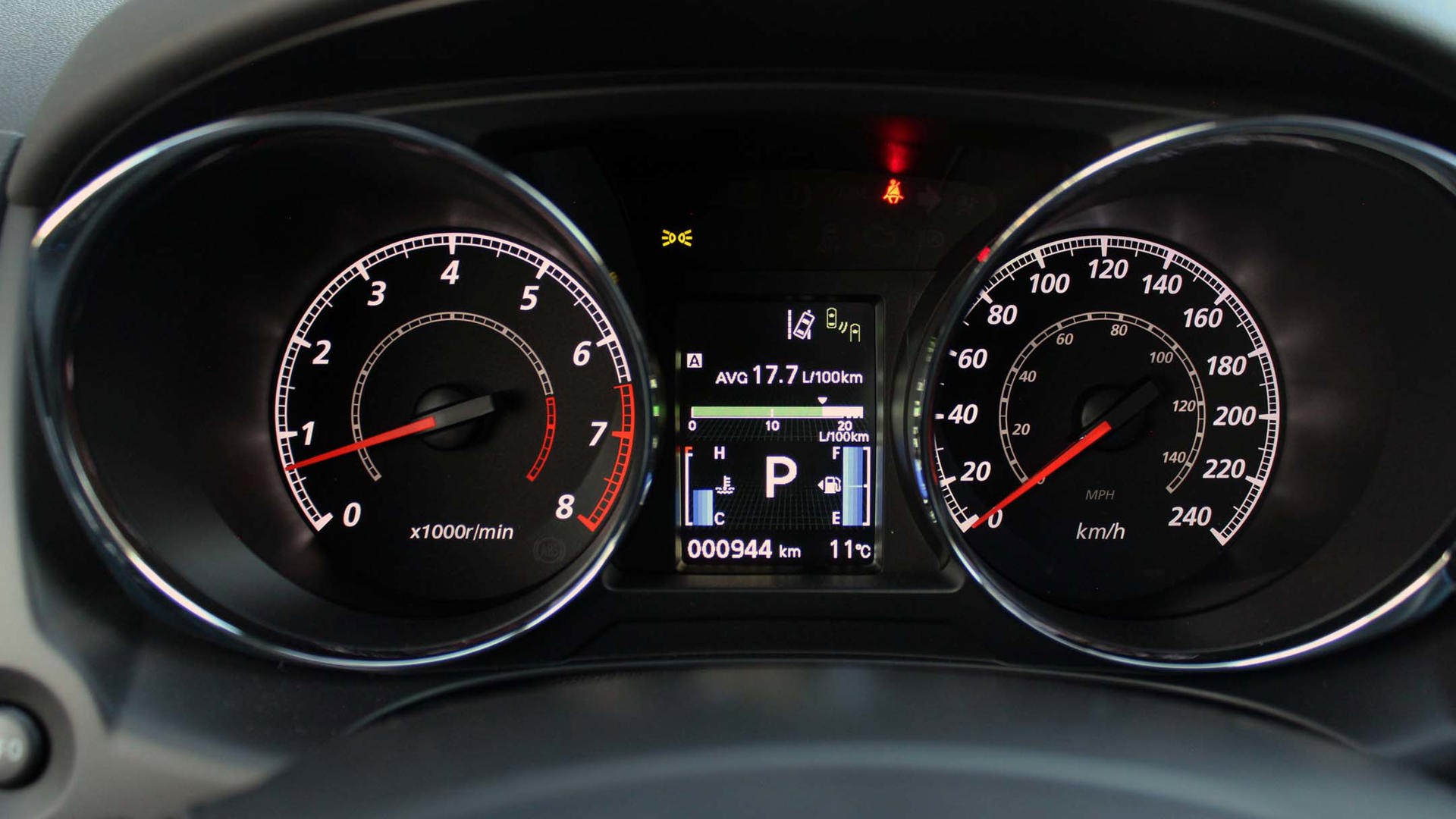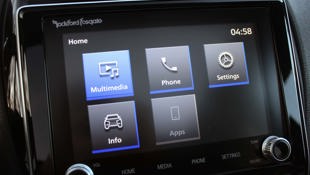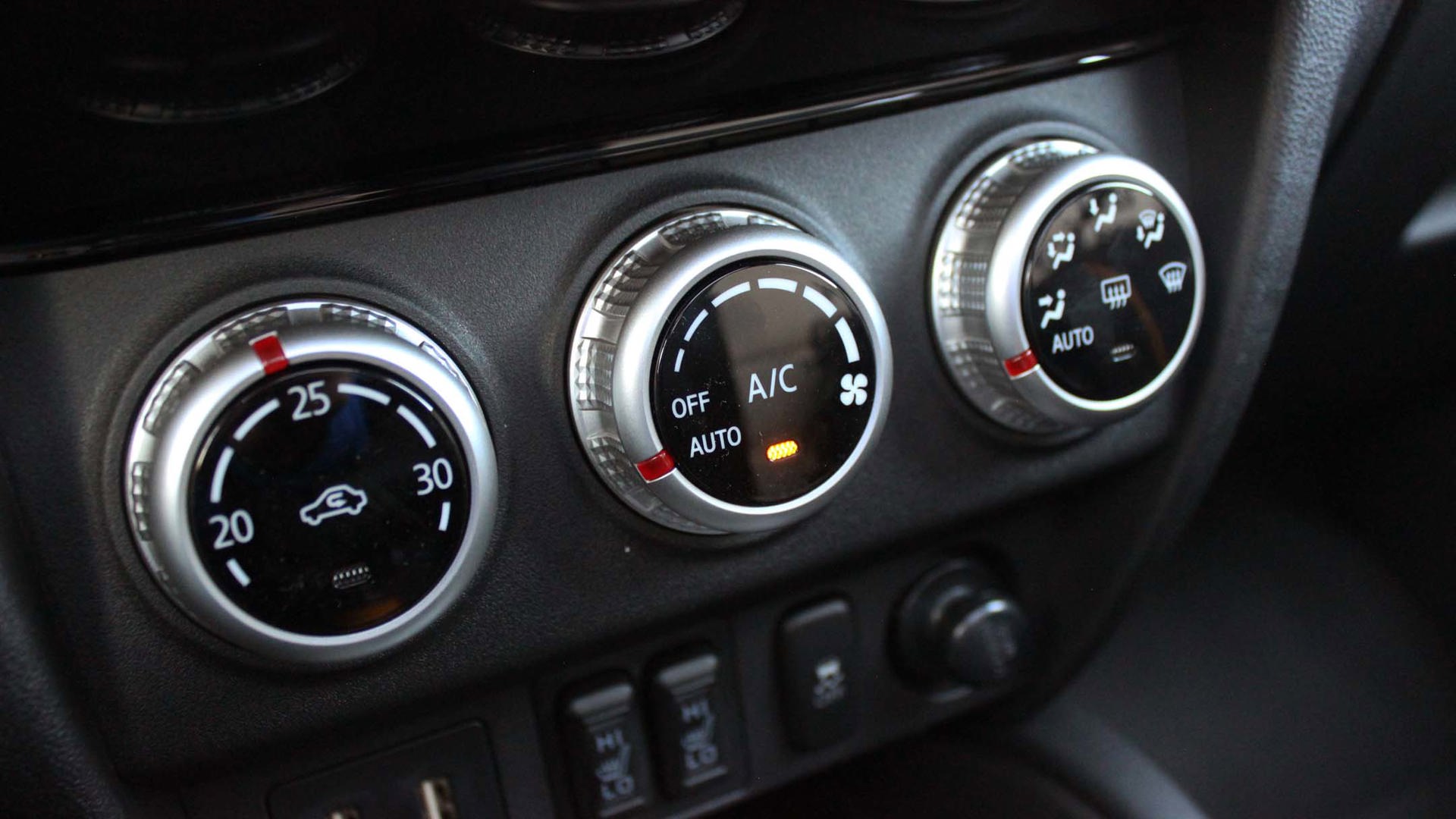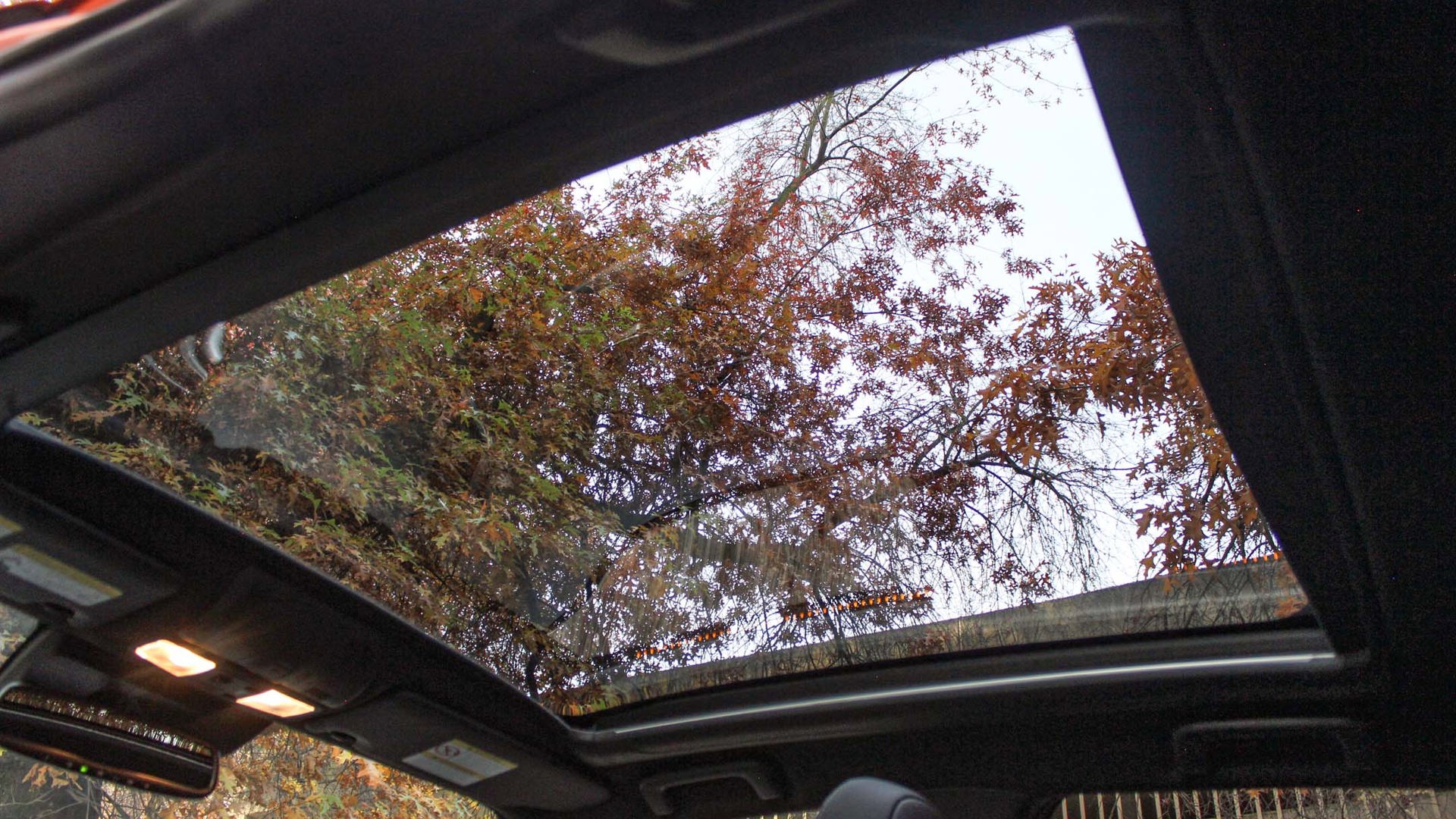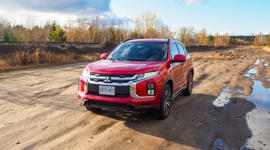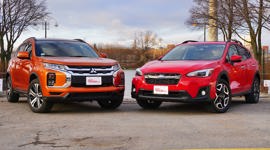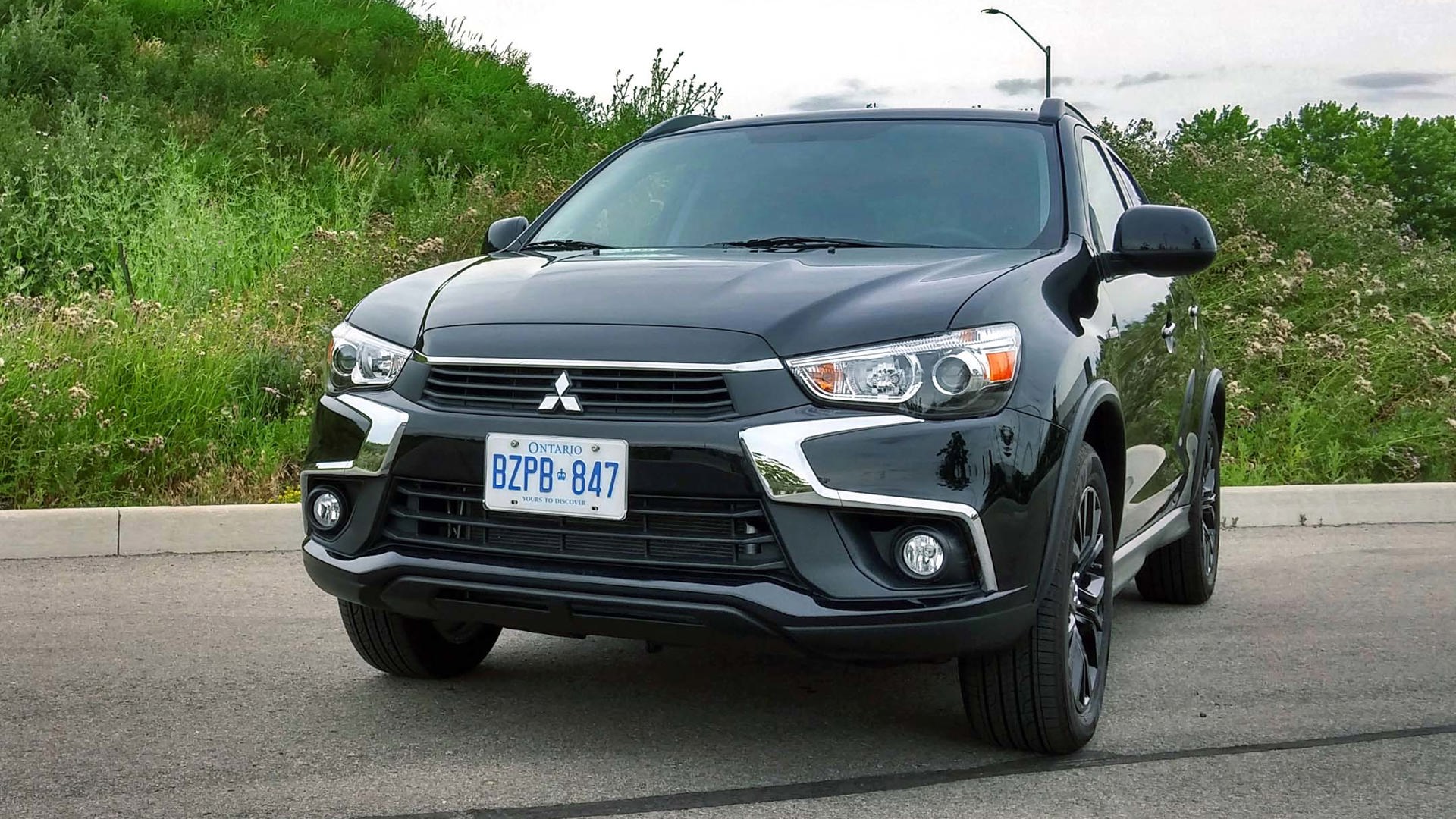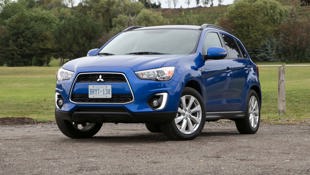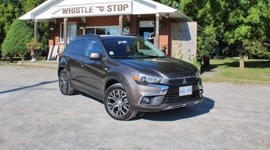 AutoTrader SCORE
AutoTrader SCORE
-
STYLING7/10
-
Safety8/10
-
PRACTICALITY8/10
-
USER-FRIENDLINESS7/10
-
FEATURES7/10
-
POWER7/10
-
COMFORT8/10
-
DRIVING FEEL8/10
-
FUEL ECONOMY6/10
-
VALUE8/10
You may not realize it – I didn’t at first – but the Mitsubishi RVR is a bit of a pioneer. It didn’t initially dawn on me because the segment the RVR pioneered has become one of the industry’s most ubiquitous: subcompact crossovers.
Just about every mainstream manufacturer seems to have at least one of these in its lineup nowadays, but back when the RVR debuted a decade ago it occupied a less-common space beneath the larger Toyota RAV4 and Mitsubishi’s own Outlander. There wasn’t much like it in terms of size, and it’s soldiered on as one of the brand’s best sellers since.
Styling: 7/10
Despite that heritage, it was time for a refresh, and so the Recreational Vehicle Runner gets new front-end styling for 2020, as well as new details around back. Up front is where the most noticeable change occurred, with a wider, lower bumper and newly shaped headlights that now feature standard LED illumination (ditto the daytime running lights and fog lights). It’s a meaner look than before, and a little more modern at the same time. The taillights are also new.
Subcompact CUVs look increasingly unique these days – take the clamshell Toyota C-HR or the boxy Kia Seltos – and while the RVR isn’t quite as high on the distinctiveness scale as others in the segment, the new fascia is unmistakable, and my tester’s new Sunshine Orange paint job is a good fit. The simple interior aesthetic is punctuated by good build quality, with tight panel gaps and quality materials that combine to quell squeaks and rattles.
Features: 7.5/10
Yes, the new RVR is refreshed on the surface, but there are some additions inside as well, including a heated steering wheel in the loaded GT AWC trim I tested, as well as a large eight-inch infotainment display. That large touchscreen is standard throughout the RVR lineup, outsizing much of the competition – particularly in entry-level models.
Also new for 2020 are blind-spot warning and rear cross-traffic alert systems in the base model, while the loaded GT trim now gets leather seating. Also found on my tester was a full-length glass roof and while it doesn’t open – a bit of a shame, I’ll admit – it does provide some perceived spaciousness inside. As an added bonus, amber lights fitted to the roof provide a nice ambiance when the ceiling panel is opened after dark.
User Friendliness: 7/10
The infotainment screen may boast enviable size, but the graphics displayed are somewhat fuzzy and unrefined. Luckily, neither Apple CarPlay nor Android Auto smartphone interfaces – both standard – suffer from the same display quality. Those smartphone mirroring functions are also the only way to use navigation, as it’s not available as part of the infotainment interface.
While the infotainment system may look a little off, it’s intuitive enough and the touchscreen is responsive. The home screen features five big buttons, all of which lead to the most frequently used menus. There are four buttons at the base of the screen, and knobs for volume and tuning controls, all of which are that much easier to use while wearing gloves and reduce the amount of time eyes are spent looking somewhere other than the road. That simplicity is reflected throughout the cabin. There isn’t an abundance of rounded corners or sweeping panels like the ones found in a Hyundai Tucson; instead, Mitsubishi opted for a simple design.
Comfort: 8.5/10
The RVR is something of a tale of two vehicles when it comes to comfort. With a generous amount of room inside, the RVR feels more like a larger compact crossover than a subcompact one. [It is on the larger end of the subcompact scale, after all. – Ed.] Indeed, it offers some of the most interior space in the ever-growing segment, and that should be a big selling point for the RVR.
However, noise, vibration, and harshness (NVH) levels inside are rather high – particularly from the powertrain and wind outside. The RVR may have a new face, but it’s done nothing to improve the way the little crossover cuts through the air. When it comes to the NVH issues, the real culprit is the continuously variable transmission (CVT) it’s equipped with, which sounds strained and buzzy.
Power: 7.5/10
That CVT is the only transmission offered, though there are two four-cylinder engines to choose from: a 2.0L that’s good for 148 hp and 145 lb-ft of torque, or the 2.4L in my tester that makes 168 hp and 167 lb-ft of torque. The 2.0L is available only in front-wheel drive models, while the 2.4L is available only with all-wheel drive models.
While the output generated by my tester is generous, it doesn’t exactly feel like it, as the CVT tends to interfere with acceleration in the name of fuel efficiency. The RVR isn’t the worst offender in this regard, however, and the massive sickle-shaped paddle shifters certainly help give acceleration a boost and add just that much more driver involvement. Even on the highway, there’s enough passing power when downshifting via the paddles to provide confidence.
As well-engineered as the CVT is, Mitsubishi wasn’t able to hide its loud operation. So loud, in fact, that it often sounds like the RVR is working much harder than it actually is.
Fuel Economy: 6.5/10
For a four-cylinder like this to not be able to keep fuel economy below 10.0 L/100 km in the city (I saw 11.1 L/100 km during testing) is a downer. According to Natural Resources Canada (NRCan), the all-wheel-drive-equipped Mazda CX-3, Honda HR-V, and Subaru Crosstrek all beat the RVR at the pump, and the Jeep Renegade does better on the highway. Even the smaller 2.0L engine available in the RVR doesn’t fare all that much better, and fuel consumption isn’t one of this little crossover’s highlights.
Driving Feel: 8/10
The RVR’s all-wheel drive system is remarkably engineered, operating in front-wheel drive until wheel spin is detected and engaging the rear wheels automatically to add traction. The system can also be manually locked into all-wheel drive at the press of a button. The RVR’s ride, too, is impressive, with a well-tuned suspension that inspires confidence and provides a level of comfort that helps mitigate those NVH issues.
Practicality: 8.5/10
In addition to the added cabin space, there’s also a generous 569 L behind the rear seats. If you don’t have the subwoofer my tester did (it’s standard in the GT trim), that figure expands to 614 L. The second row folds flat with the flip of a lever, revealing 1,382 L of space (1,402 L without the subwoofer). All that space is easy to make use of thanks to a wide trunk opening that allows for easy loading of items like strollers.
Safety: 8/10
Blind-spot monitoring and rear cross-traffic alert are joined by forward automatic emergency braking and lane-departure warning, though adaptive cruise control isn’t offered – even in the top trim. Past that, the systems that are offered are refreshingly subtle in their intervention.
Value: 8.5/10
While my tester’s $33,998 cost of entry is higher than many competitors’ top trims, none of them offer what continues to be a bit of a claim to fame for Mitsubishi: a 10-year powertrain warranty. That’s a confidence-inspiring move, and while it may not mean as much to someone considering a lease option, that’s great peace of mind for ownership.
The Verdict
Ultimately, “peace of mind” is probably one of the best ways to think about the RVR in general. The fantastic all-wheel drive system coupled with the available driver aids, good interior space, solid interior build quality, and extended warranty all combine to provide a nice package in the segment. No, its powertrain isn’t the most sprightly, but Mitsubishi does offer a similarly sized and slightly sportier Eclipse Cross for those interested. Otherwise, the RVR is a solid choice.
| Engine Displacement | 2.4L |
|---|---|
| Engine Cylinders | I4 |
| Peak Horsepower | 168 hp @ 6,000 rpm |
| Peak Torque | 167 lb-ft @ 4,100 rpm |
| Fuel Economy | 10.3/8.3/9.4 L/100 km cty/hwy/cmb |
| Cargo Space | 569/1,382 seats down |
| Model Tested | 2020 Mitsubishi RVR GT AWC |
| Base Price | $33,998 |
| A/C Tax | $100 |
| Destination Fee | $1,900 |
| Price as Tested | $35,998 |
|
Optional Equipment
None
|
|
